| Title | Wing Luke Museum |
| Park Code | wing |
| Description | More than a museum, the Wing is an experience. A chance to truly understand what it was - and is - to be Asian American in the Pacific Northwest. Take a guided tour of a historic hotel and learn the inside story about what makes the local Chinato... |
| Location | |
| Contact | |
| Activities |
|
| Entrance fees |
|
| Campgrounds | Count: 0
|
| Places | Count: 44
Bush Garden (#30)Opened in this location on June 9, 1957 by father and son Kaichi and Ron Seko. Seattle’s largest Japanese restaurant in the 1960s with 40 tatami rooms on 2 floors. Known for its karaoke, offered since 1970s. 
Cadillac Hotel (#22)Run by Kamekichi and Haruko Tokita family from 1913 until WWII forced their removal and incarceration. Present location of the NPS Klondike Gold Rush National Historical Park. 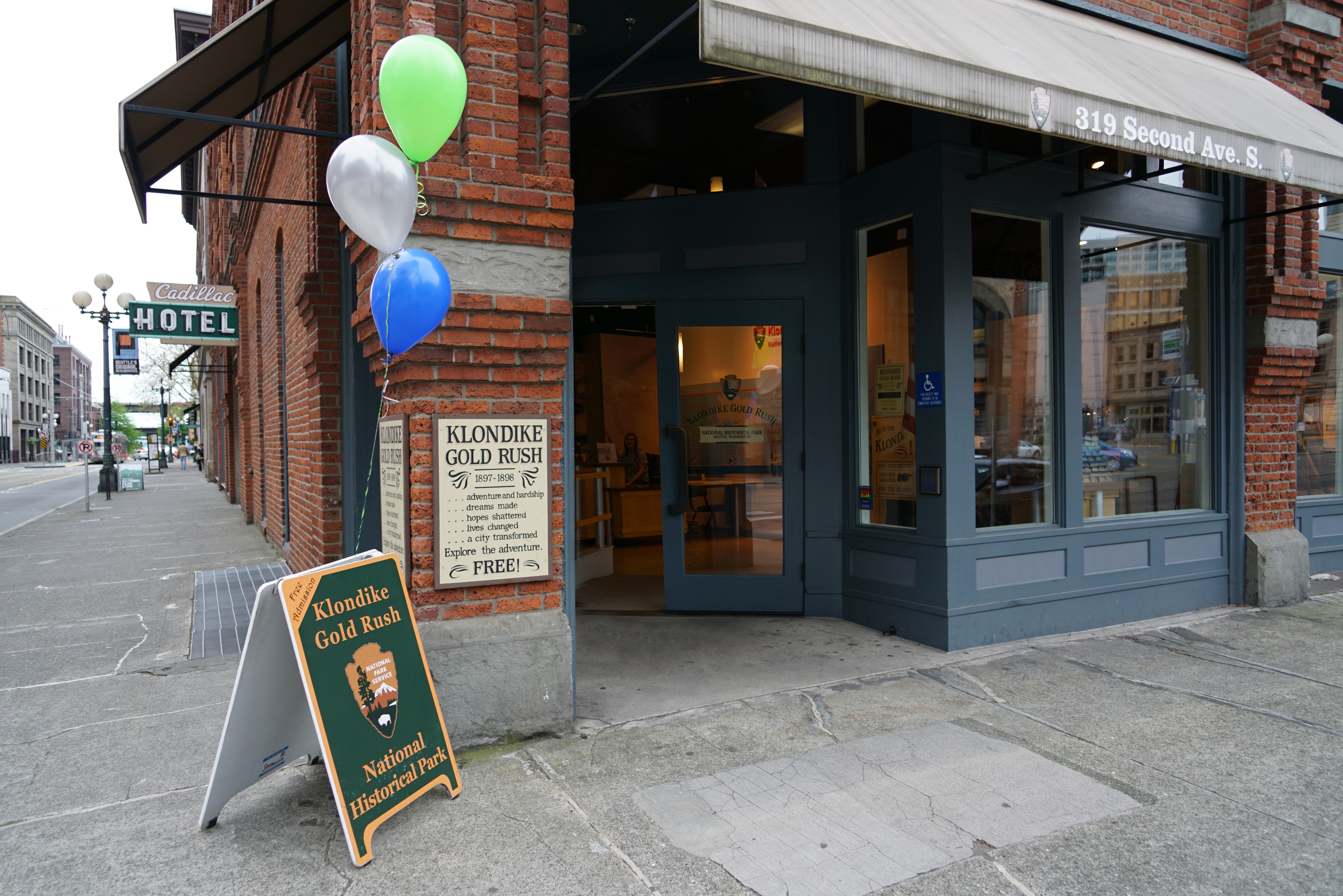
Cherry Land Florist (#31)Opened in 1932 by Tamano and J.M. Kobata. Started as a small grocery store and grew into large retail flower shop. 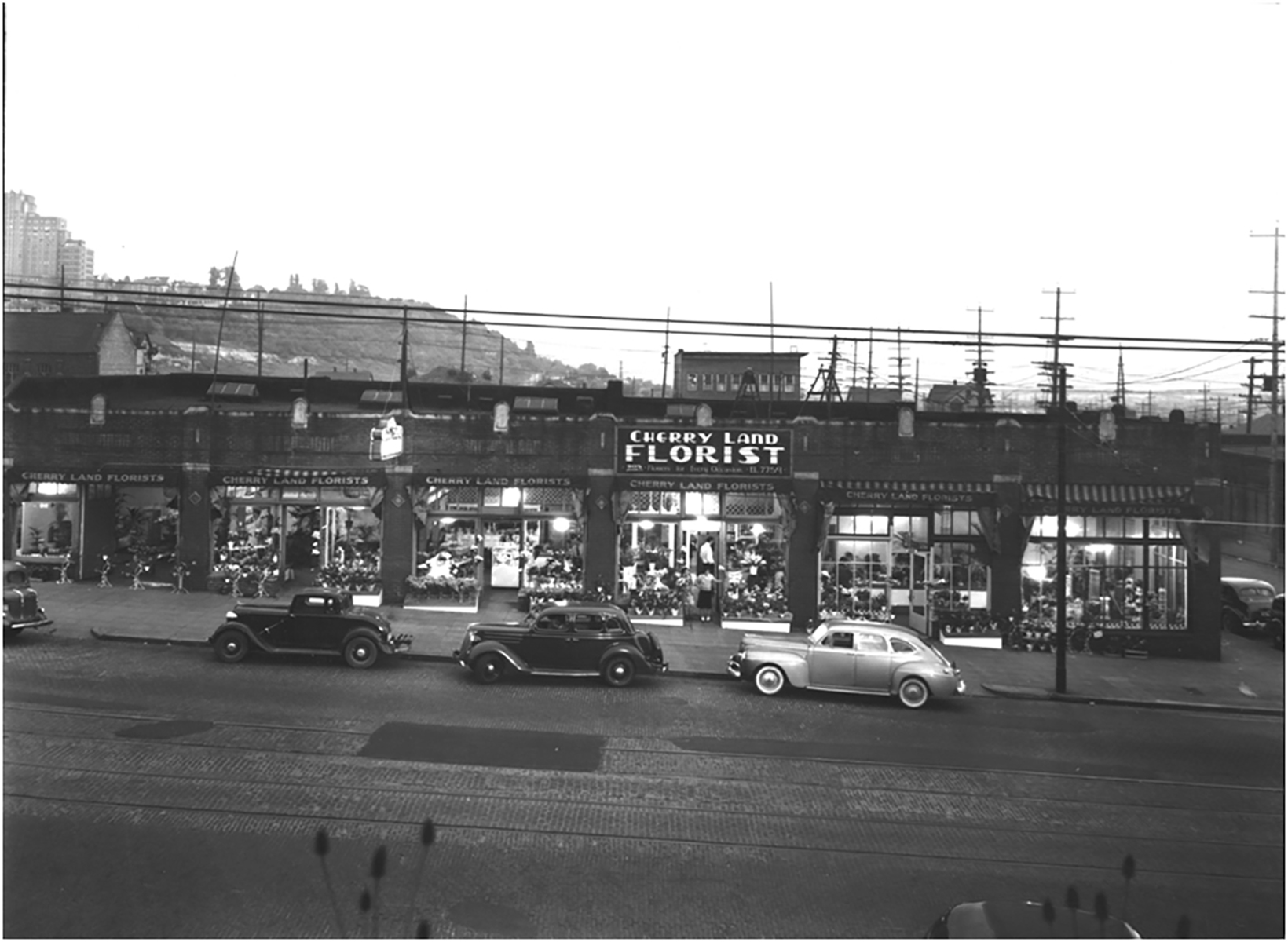
Chiyo’s Garden (#6)Pays tribute to Chiyo Murakami and evokes the spirit of children growing up in Japantown. Nihonmachi Fence shows the rise and fall of Seattle’s Japanese American population. 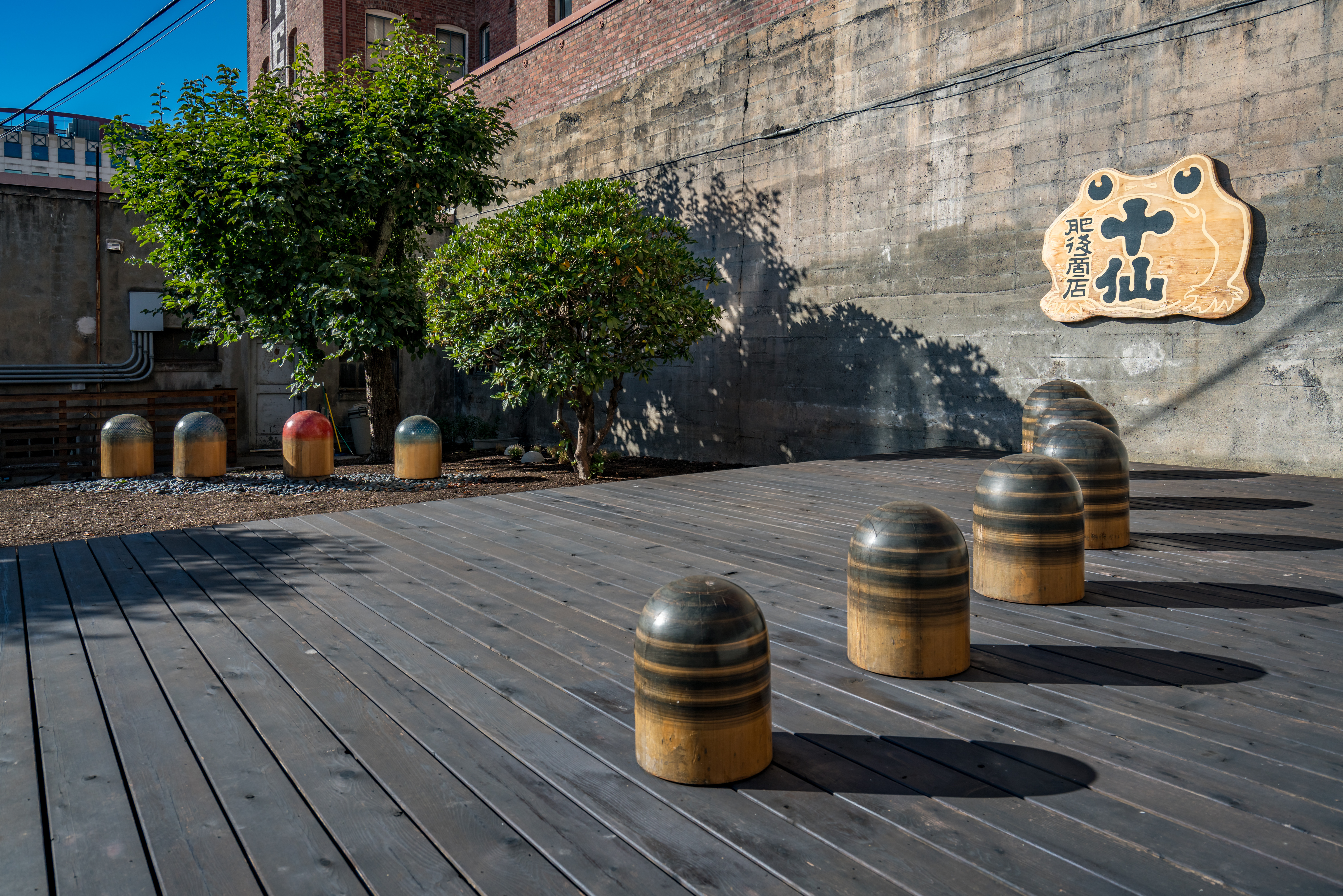
Collin’s Playfield (#39)Originally took up 2 entire blocks. Run from 1913-1971, neighborhood youth from different ethnic backgrounds came together to play baseball and basketball here. 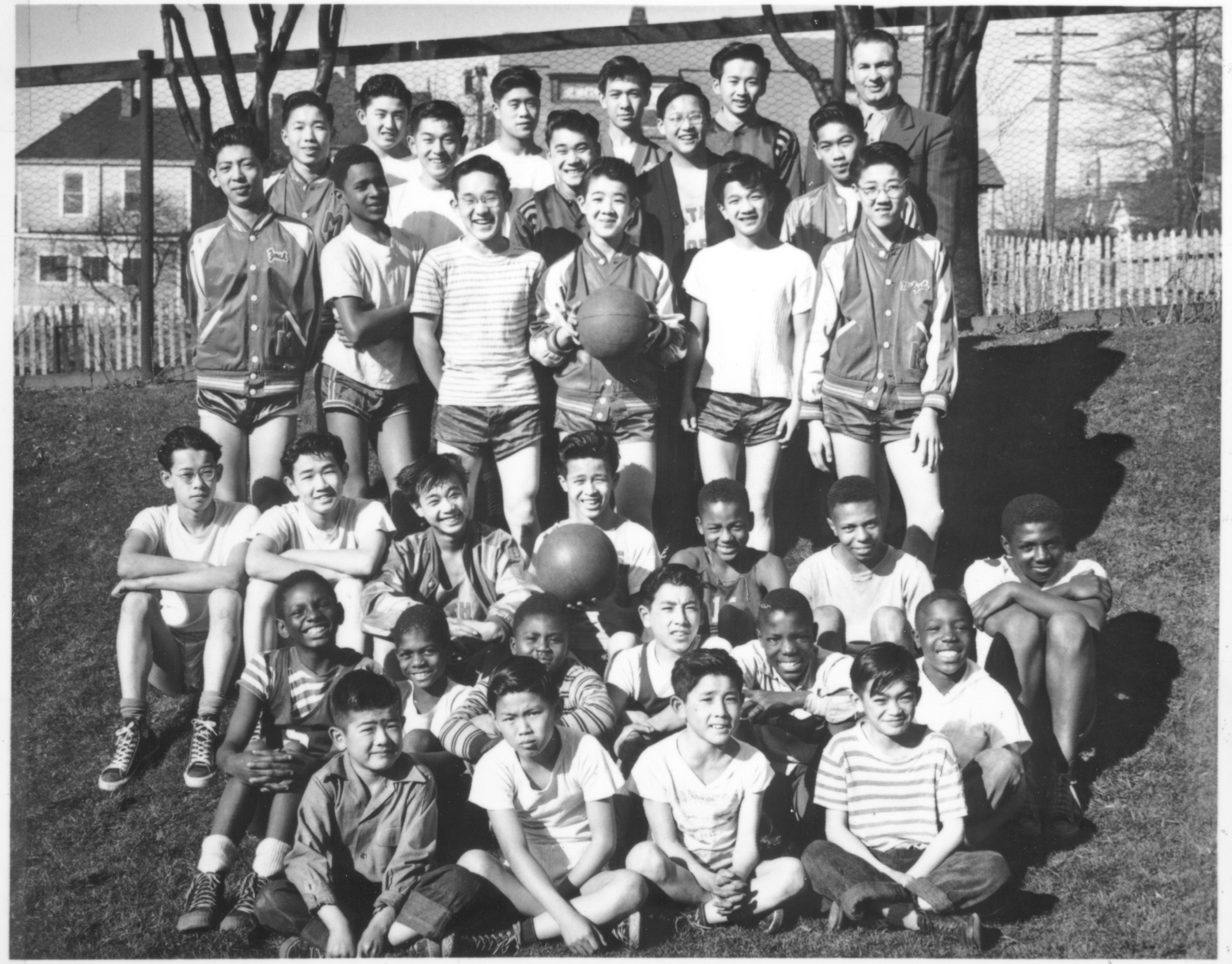
Furuya Company (#20)Founded in 1892. Started as a tailor shop, then grew into retail, import-export, labor contracting and banking business. 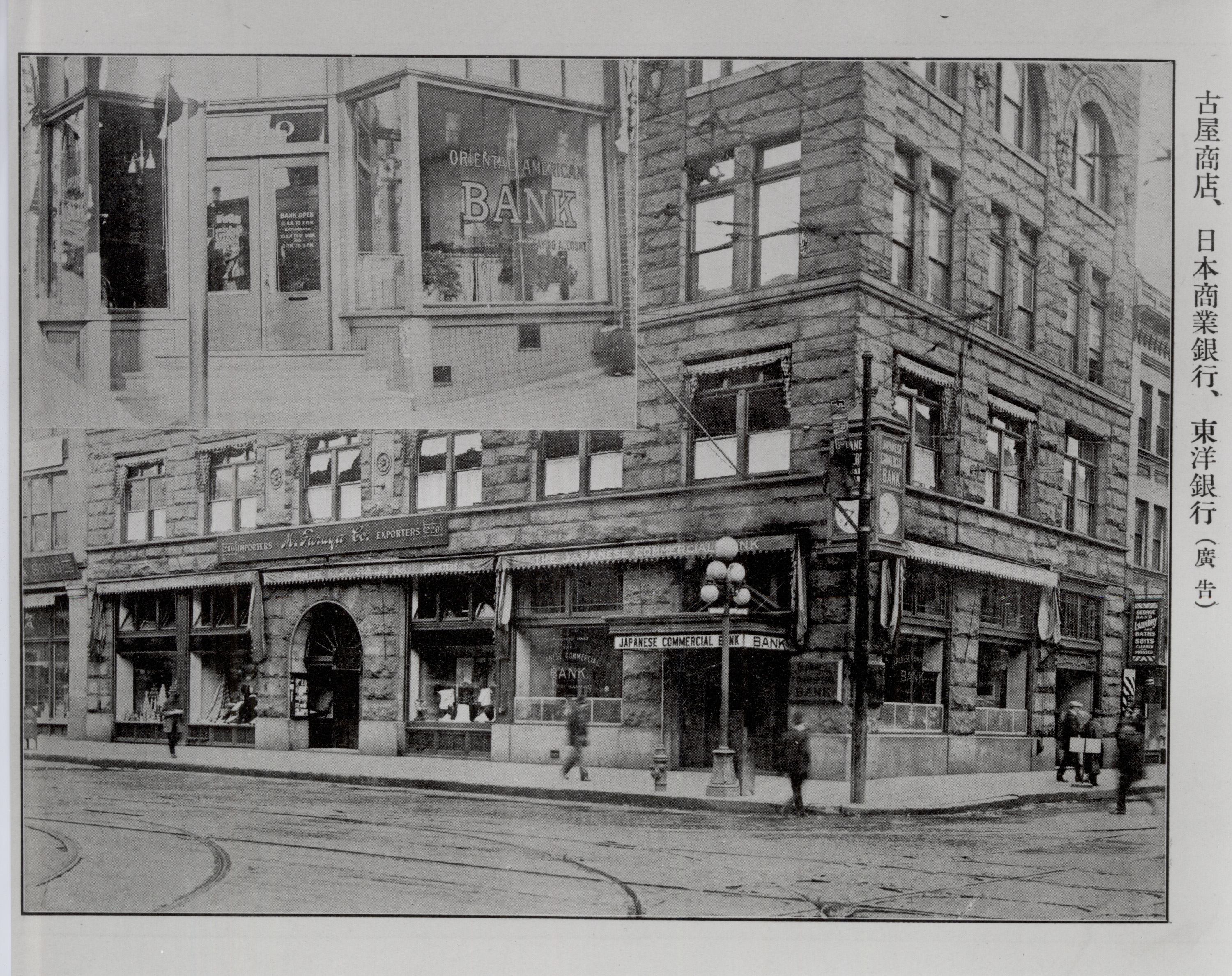
Hirabayashi Place (#19)Located at the south entrance, a mural by Roger Shimomura depicts the life of Gordon Hirabayashi, who resisted the WWII forced removal. 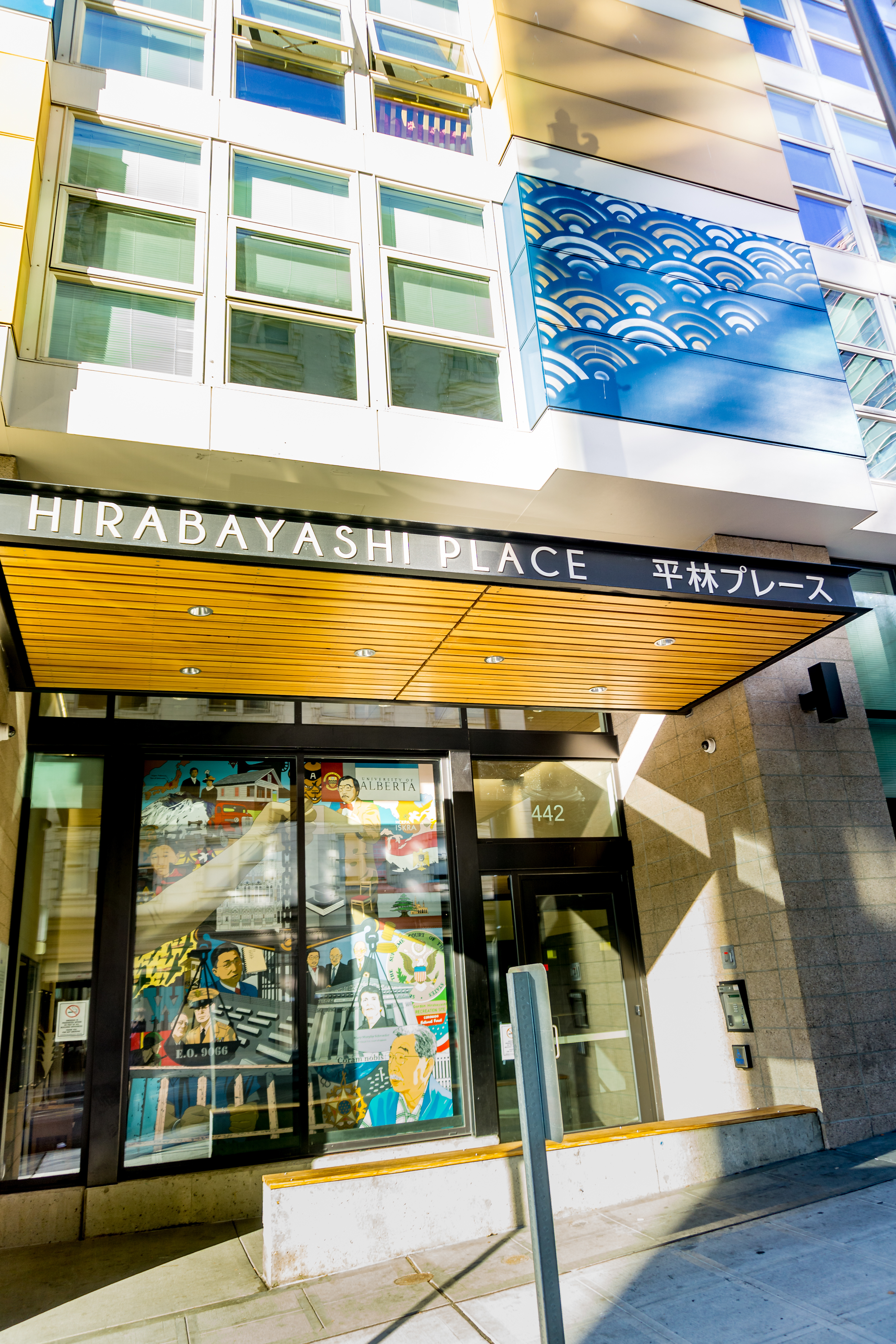
INS Building (#27)Used to detain Issei (first generation) Japanese community and business leaders amid wartime hysteria and racism that followed the bombing of Pearl Harbor in December 1941. 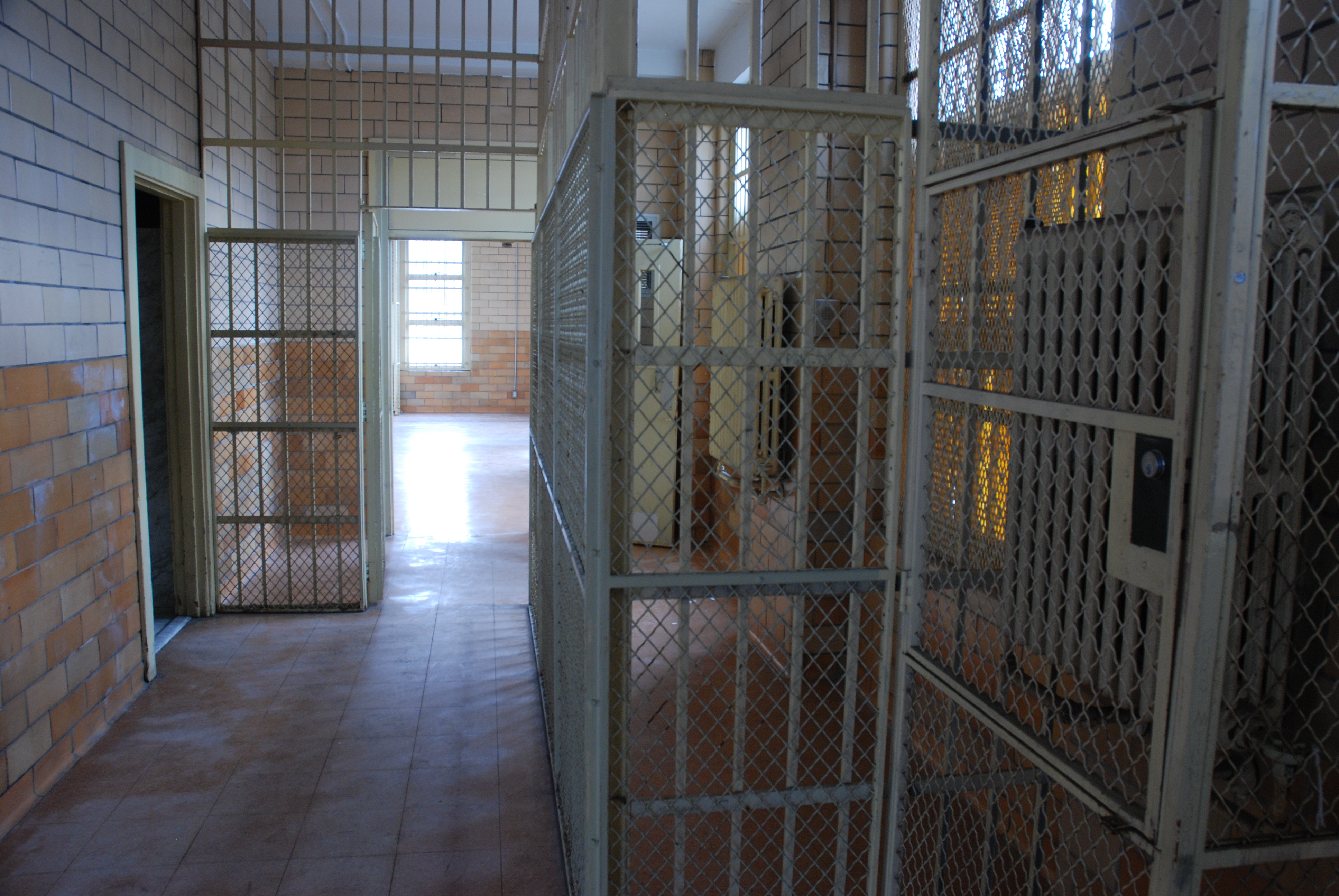
Itsumono Izakaya (#7)Run by Mike Vu and Hisato Kawaminami with a creative menu of Japanese and Asian fusion drinks and food. 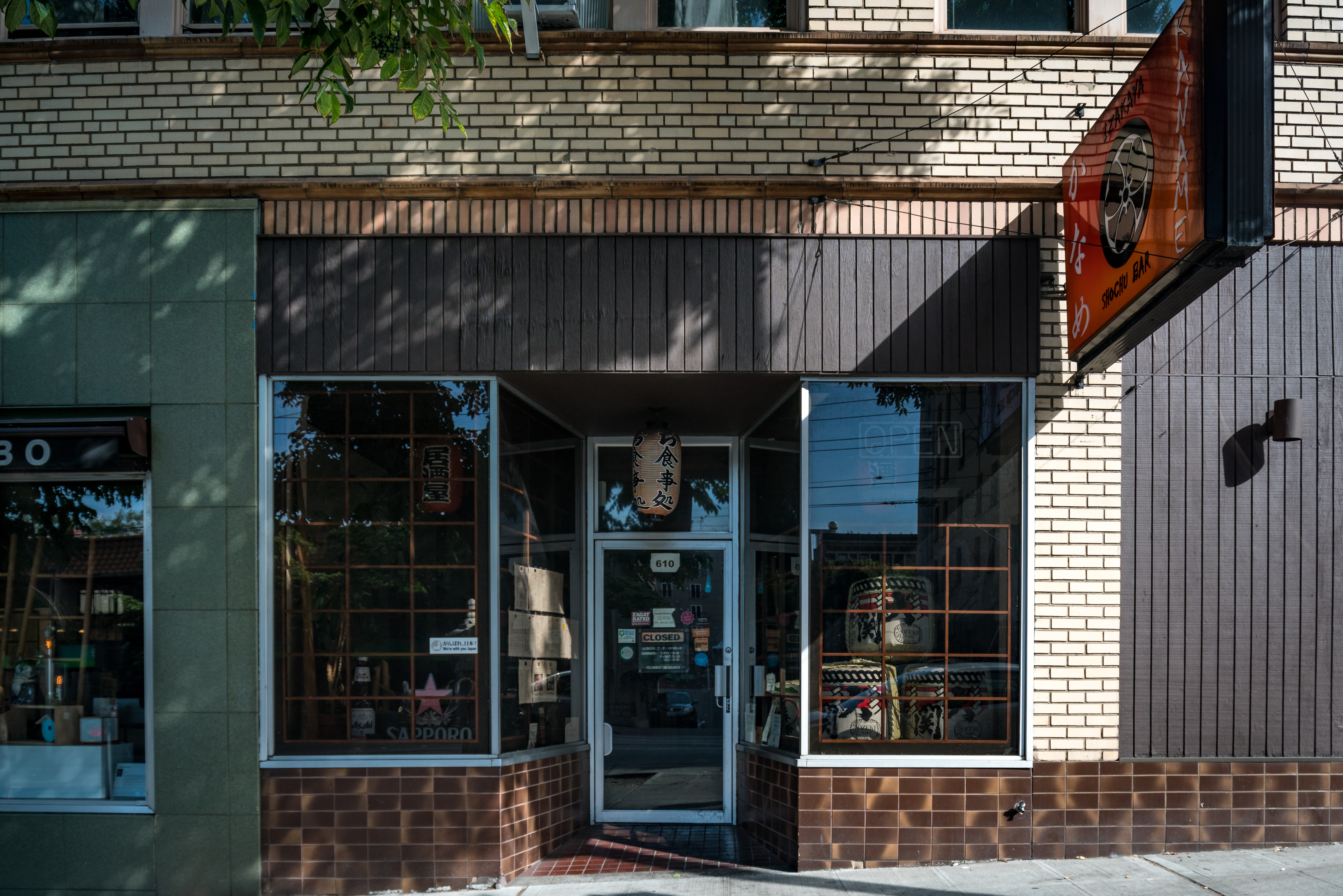
Jackson Building Warehouse (#10)Jackson Building Warehouse 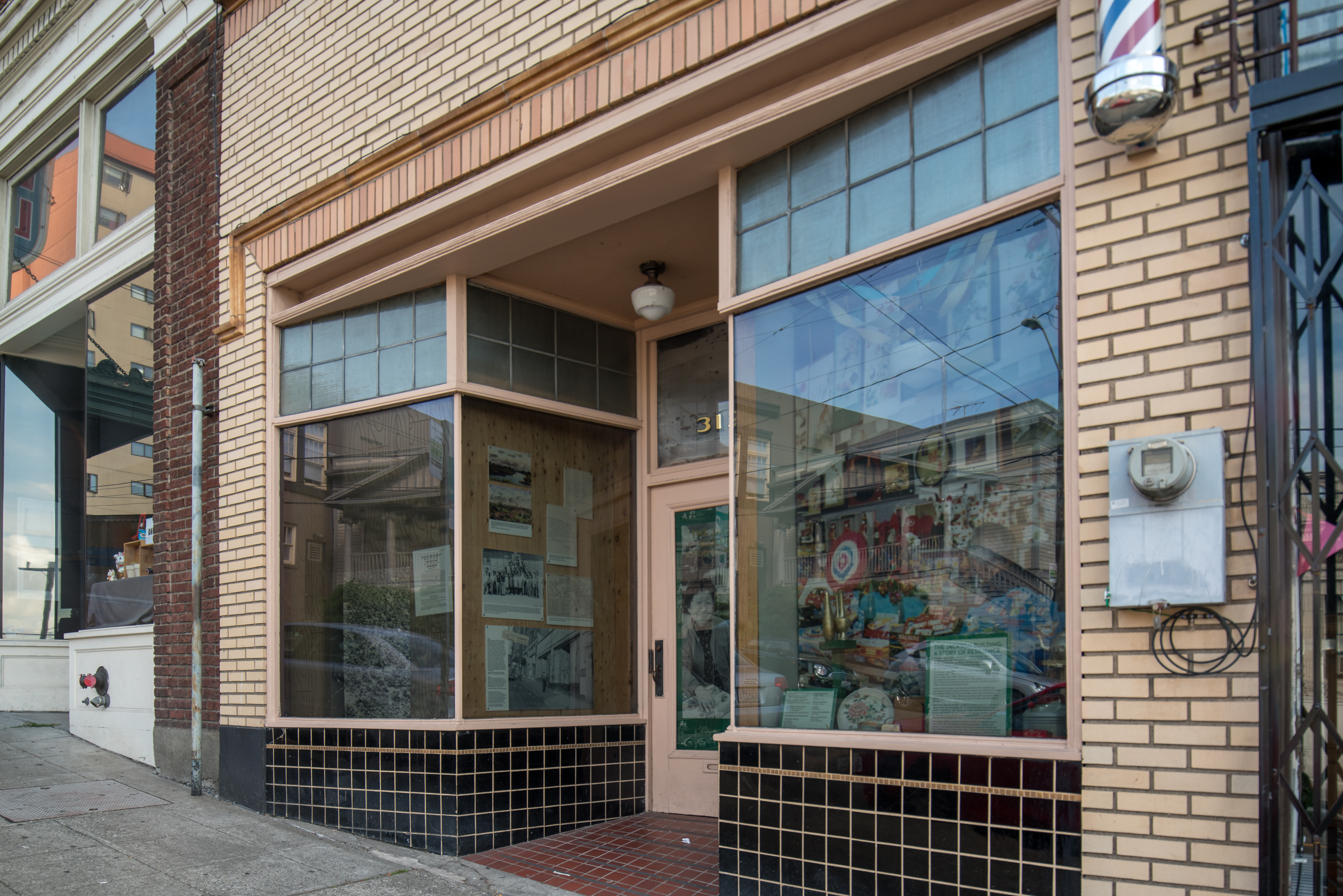
Japanese American Courier (#18)Started by Jimmy Sakamoto, first Japanese American newspaper printed entirely in English in the US. 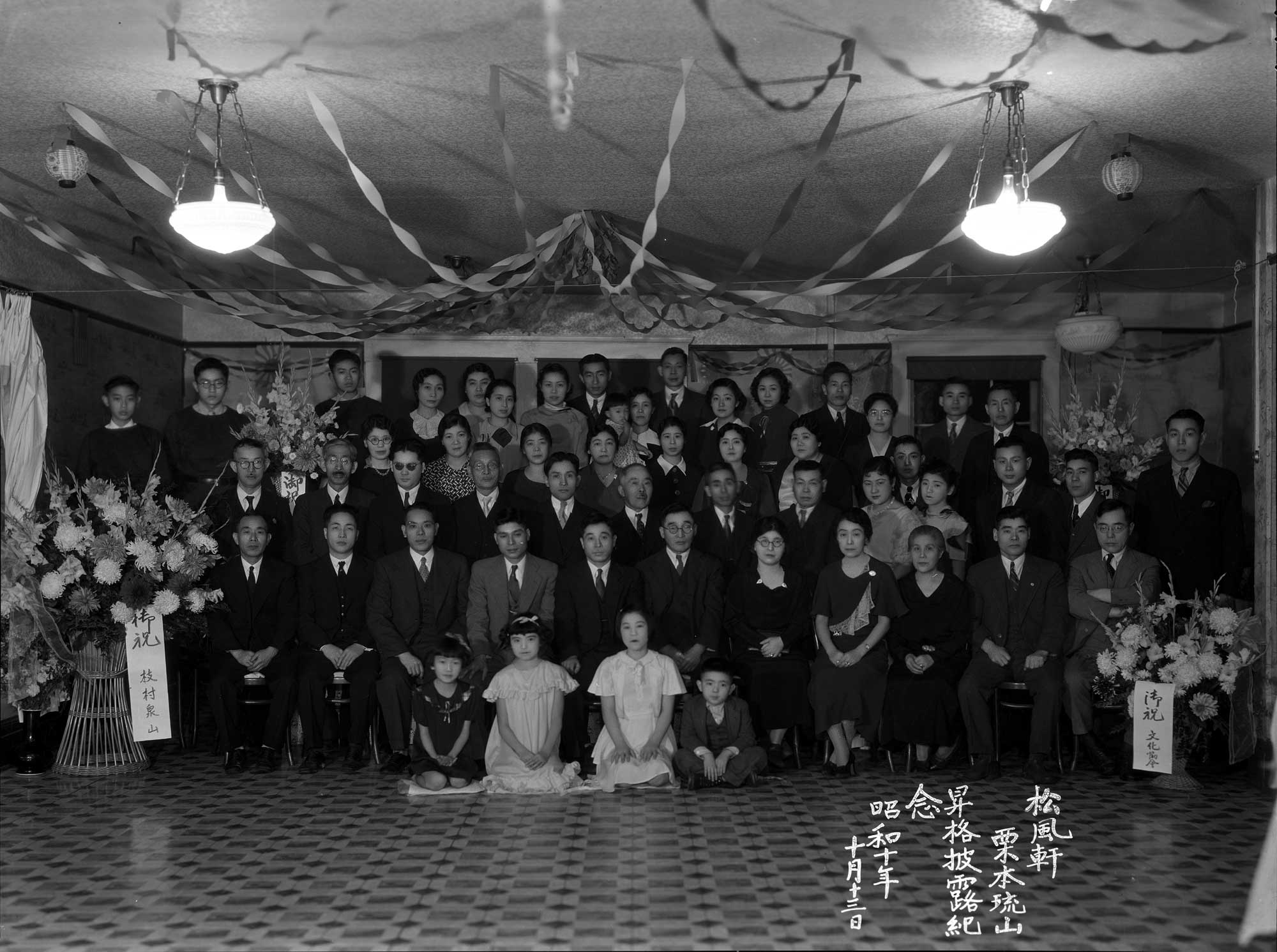
Japanese Cultural & Community Center of Washington (#35)Featuring Northwest Nikkei Museum, includes historical art and artifacts. 
KOBO at Higo (#8)Sanzo and Matsuyo Murakami opened Higo 10 Cents Store here in 1932. Now an artist gallery and store that includes an exhibit about the family’s experience before, during and after WWII. 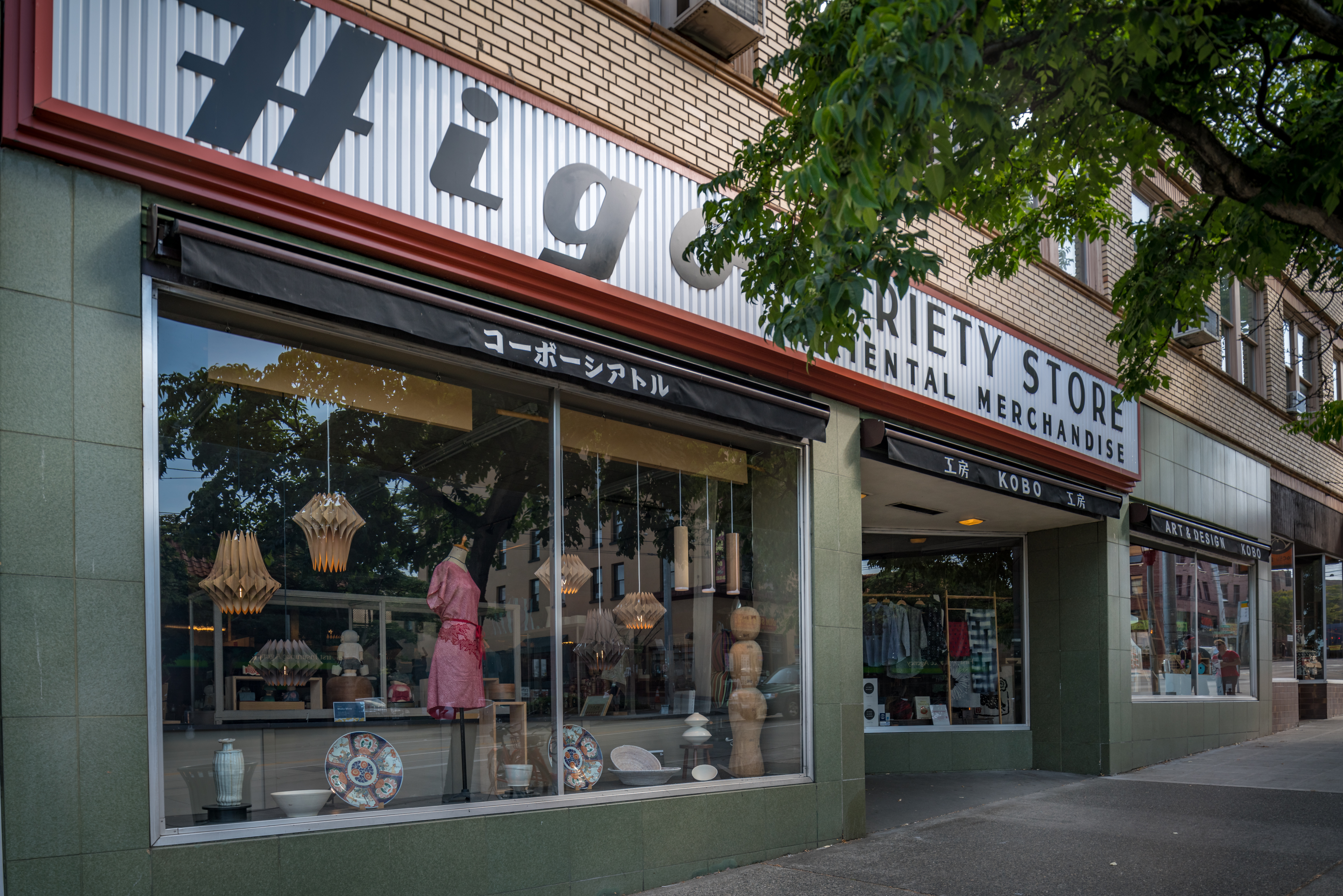
Keiro Rehabilitation & Care Center (#40)Skilled nursing facility started by 7 Nisei (second generation) to meet cultural, social, language and dietary needs of elderly Nikkei. 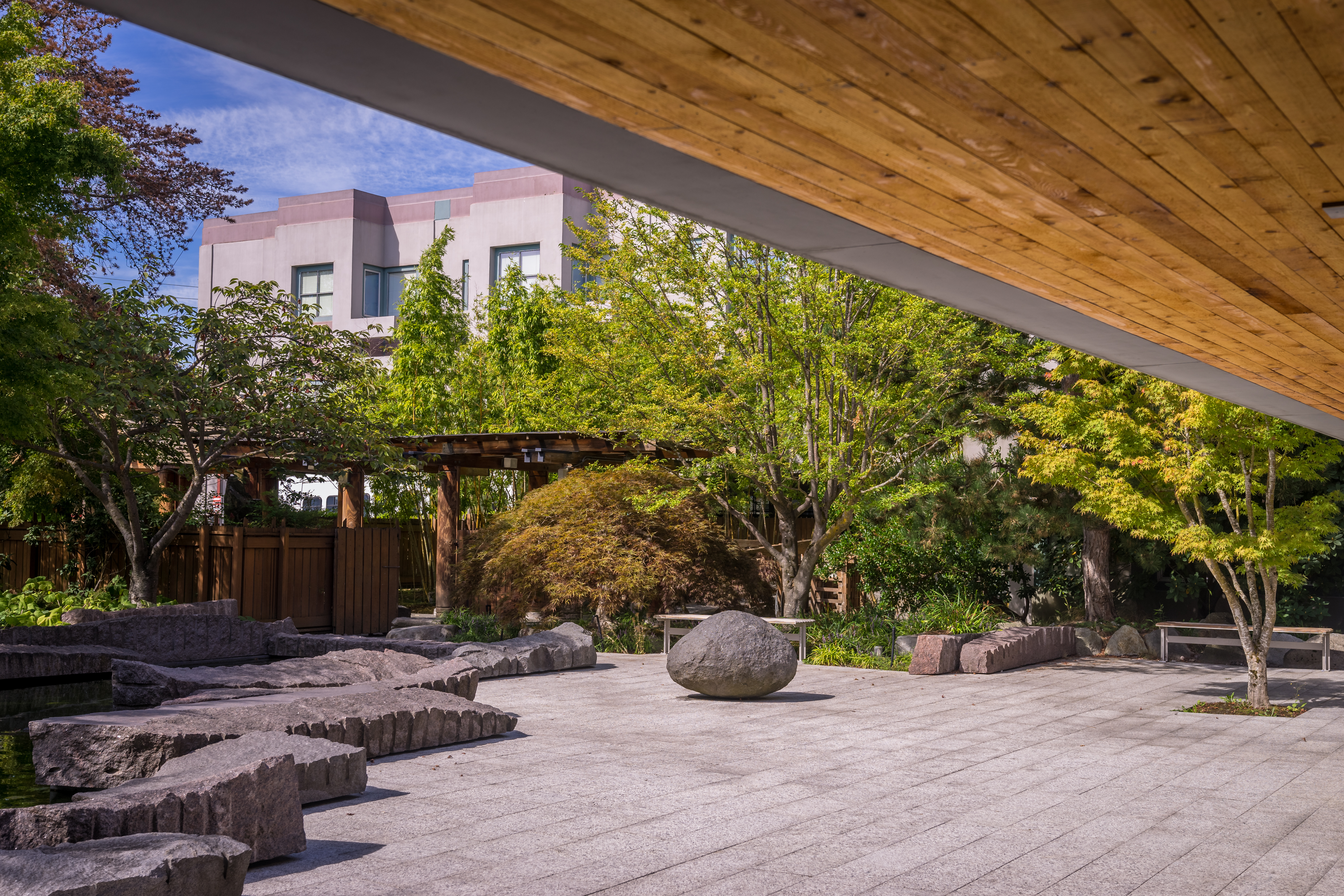
King Street Station (#23)As tensions heightened leading up to WWII, Japanese American porters were replaced by Filipino Americans who wore large “Filipino” identification buttons. 
Kokusai Theater (#2)Samurai movies were popular! 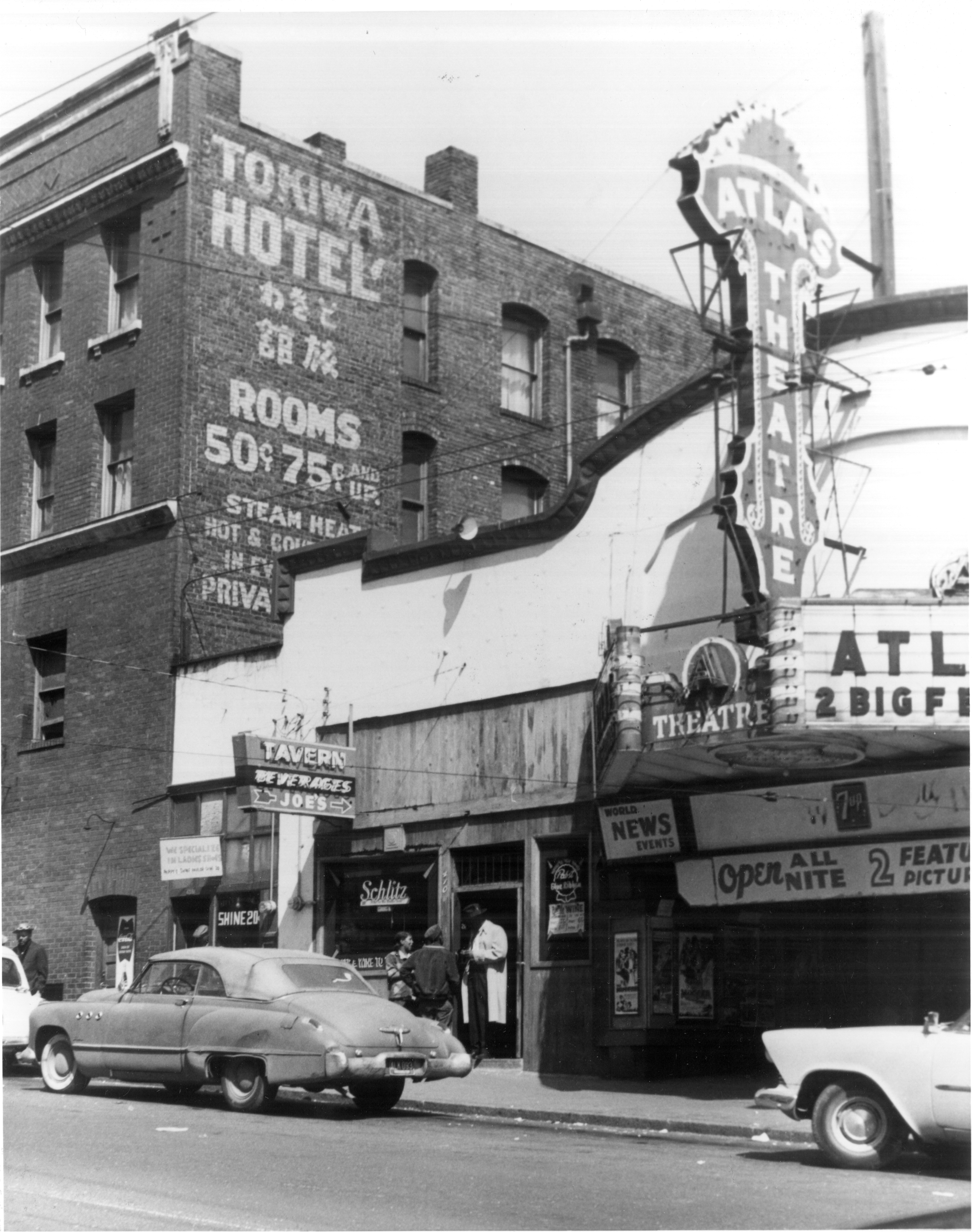
Main Street School Annex (#13)Built around 1906. Served many Asian immigrant children, until December 21, 1921 when students marched up Jackson Street to newly built Bailey Gatzert School. 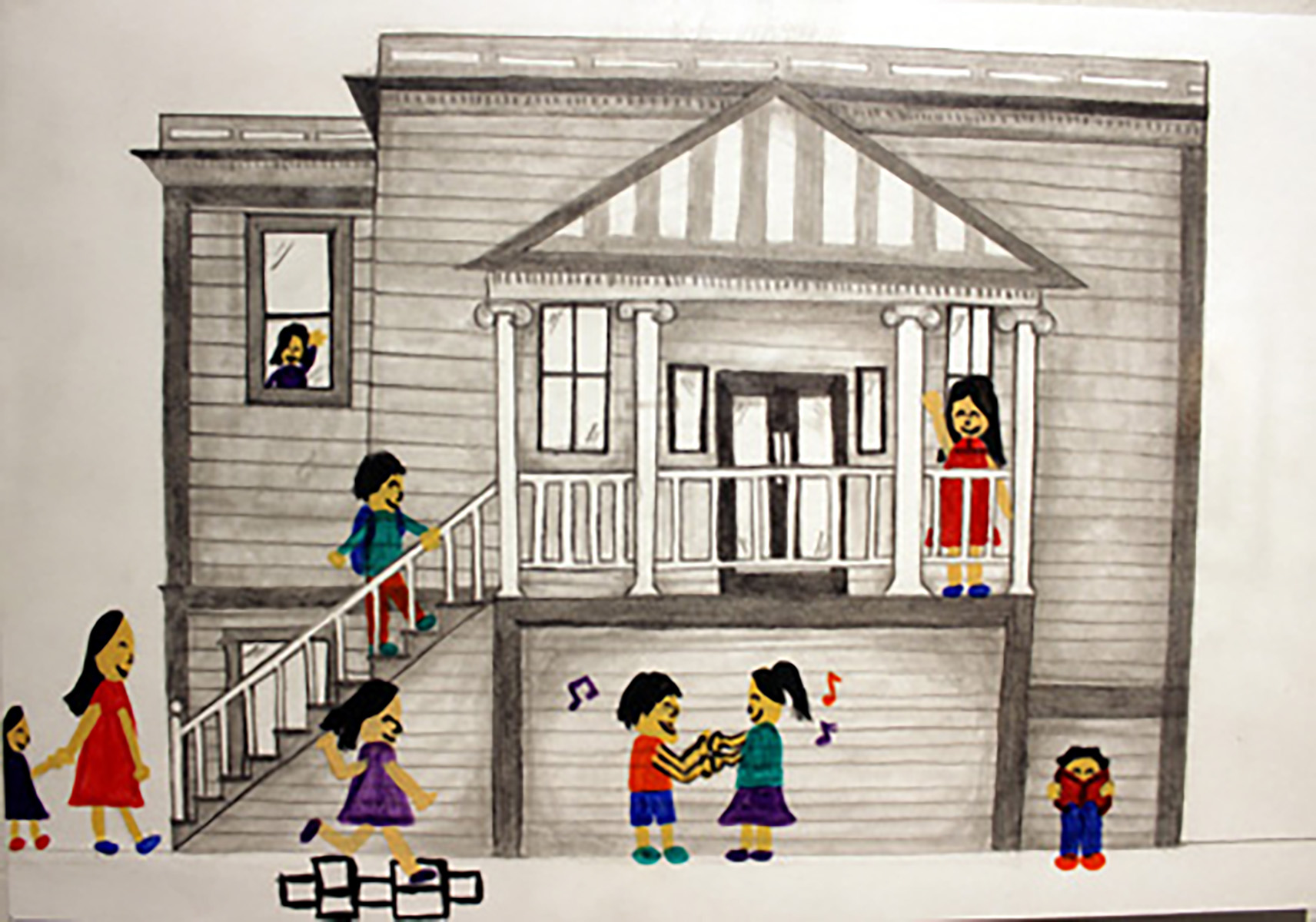
Maneki (#12)Seattle’s first sushi bar. Over 100 years old, named one of “America’s Classics” by the James Beard Foundation. 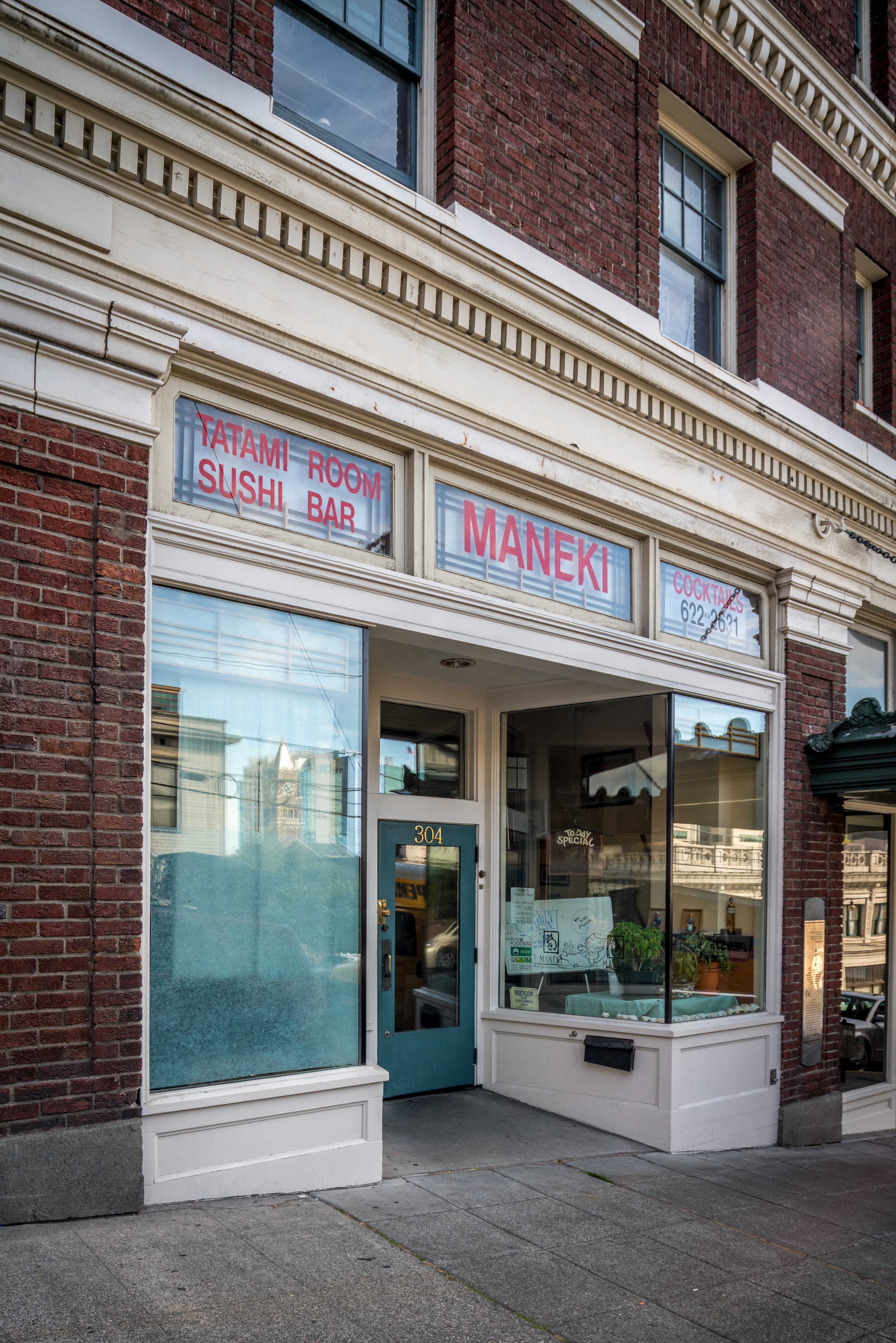
Maritime Washington National Heritage AreaThe Maritime Washington National Heritage Area tells a nationally important story of maritime heritage, from Native American canoe cultures to industrial working waterfronts, that shaped western Washington and contributes today to our development as a nation. 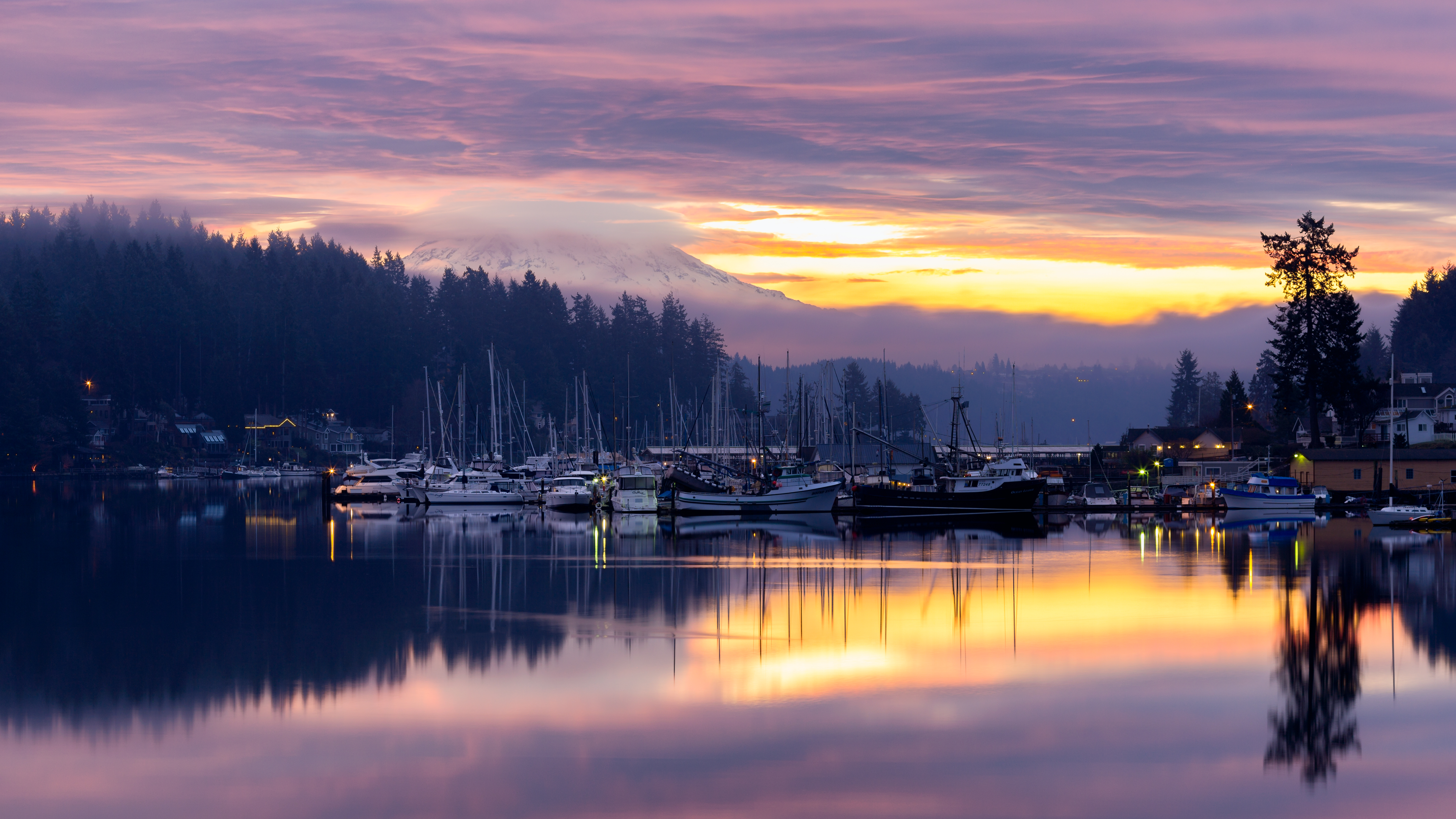
Maynard Ave Green Street (#4)Design honors the Japanese American experience. 
N.P. Hotel (#11)Built in 1914. Visiting dignitaries and baseball teams from Japan usually stayed at this hotel. 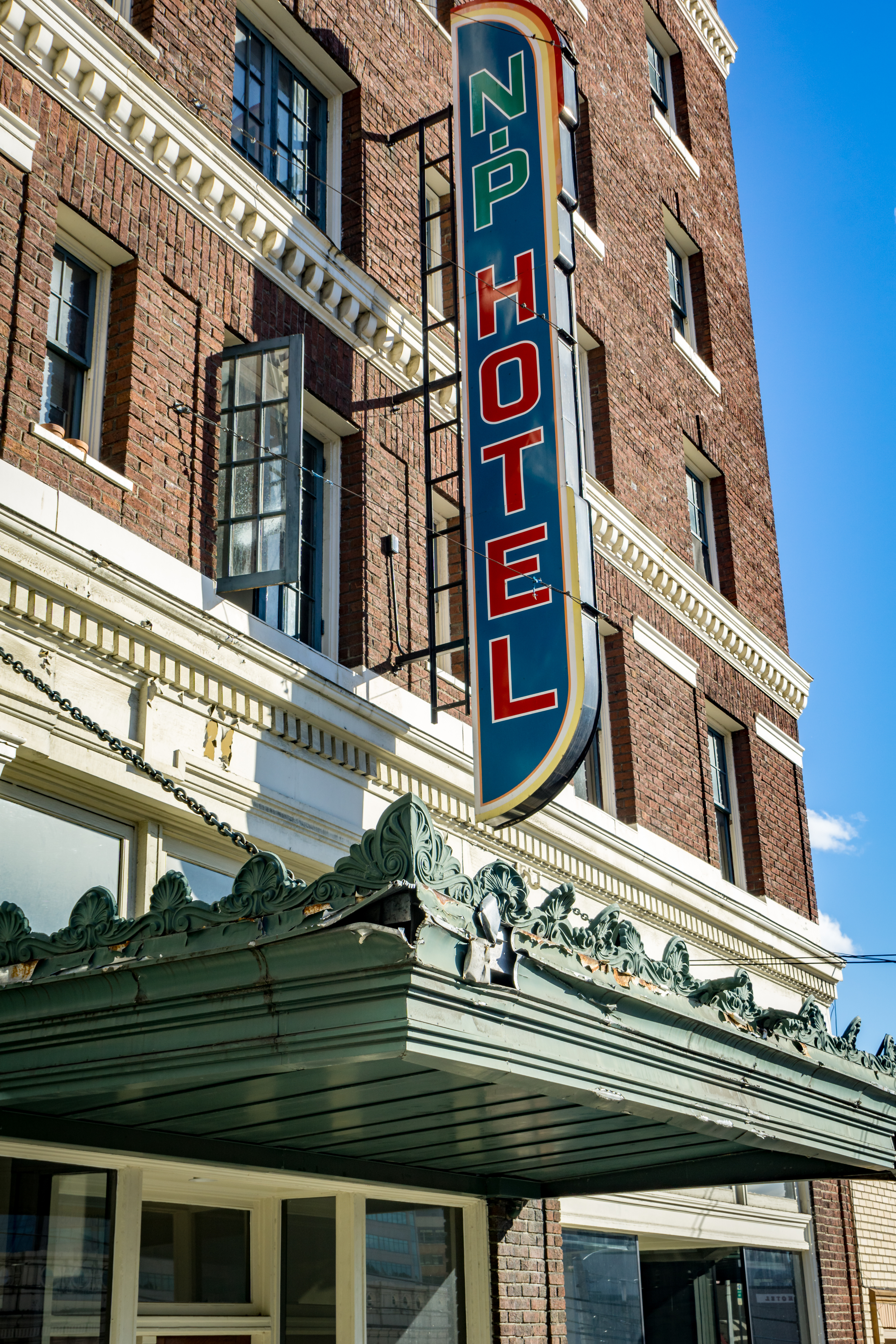
Nagomi Tea House (#24)Spotlights a traditional Japanese Chashitsu tea house. 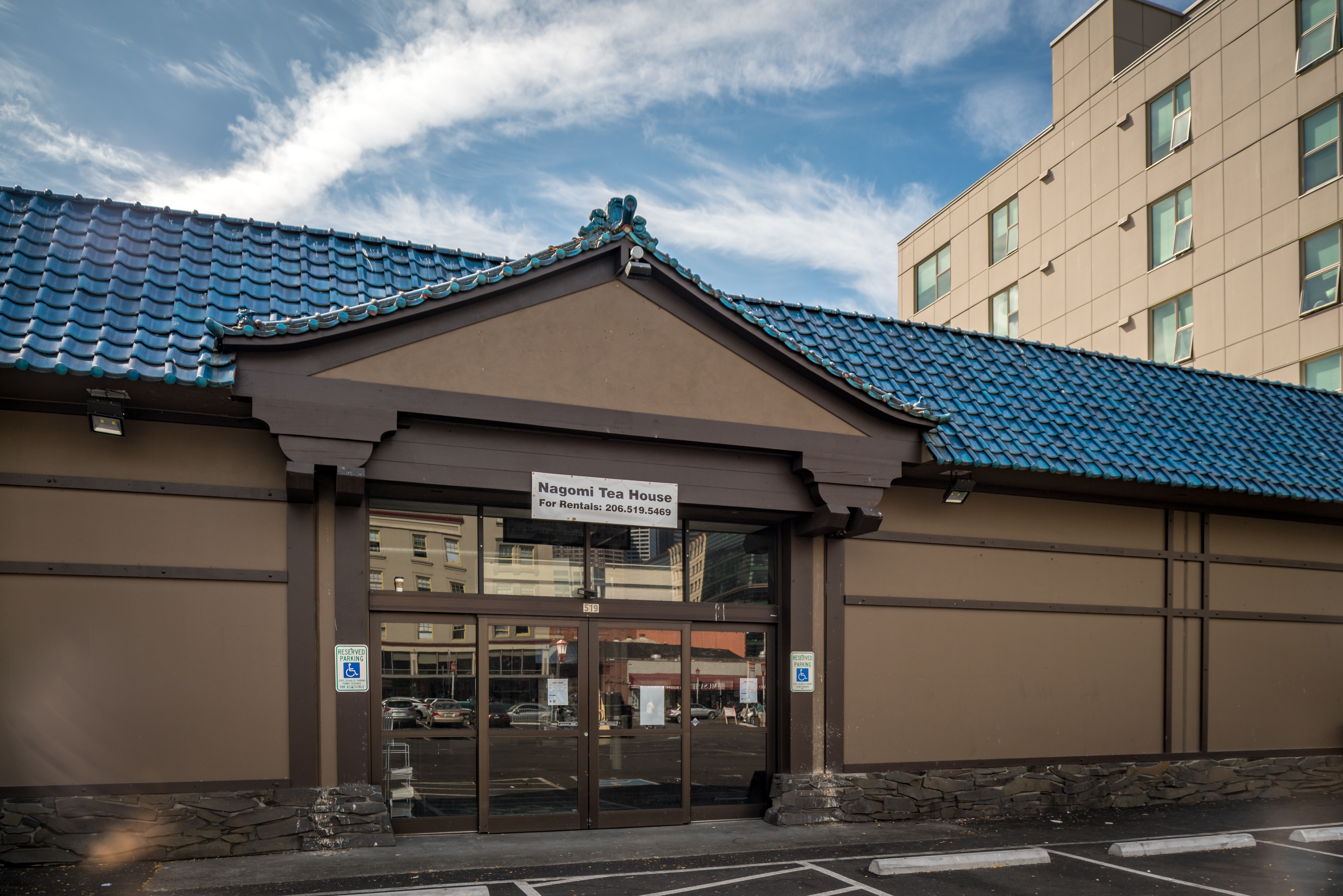
Nichiren Buddhist Church (#32)Designed by Kichio Allen Arai in 1928. Approximately 300 people attended the elaborate 2-day inaugural ceremony. 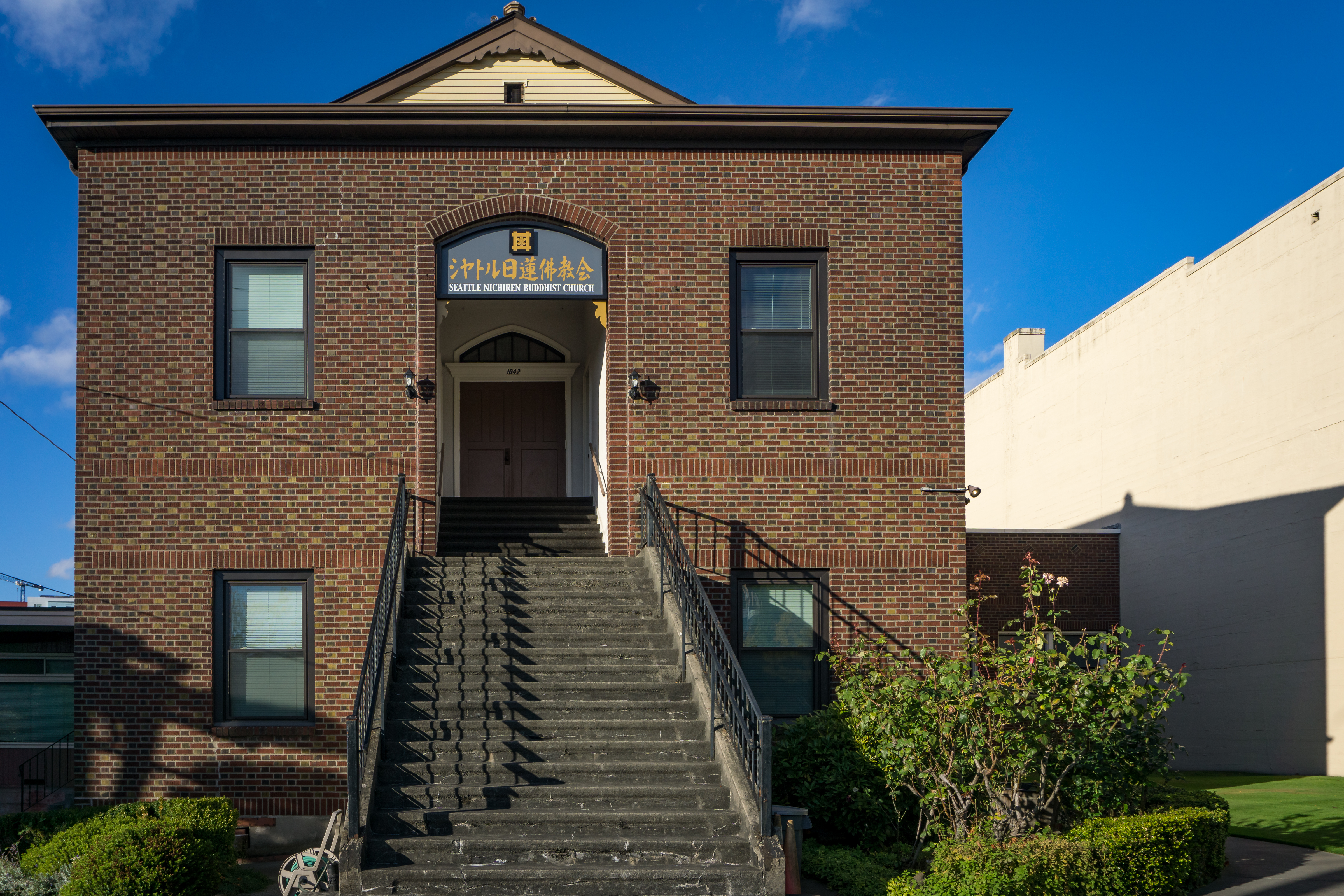
Nihonmachi Alley (#5)Artwork by Amy Nikaitani about 4 businesses – Kokusai Theater, Maneki, Uwajimaya and Sagamiya Confectionary – alongside artwork by Erin Shigaki as part of her “Never Again Is Now” series. 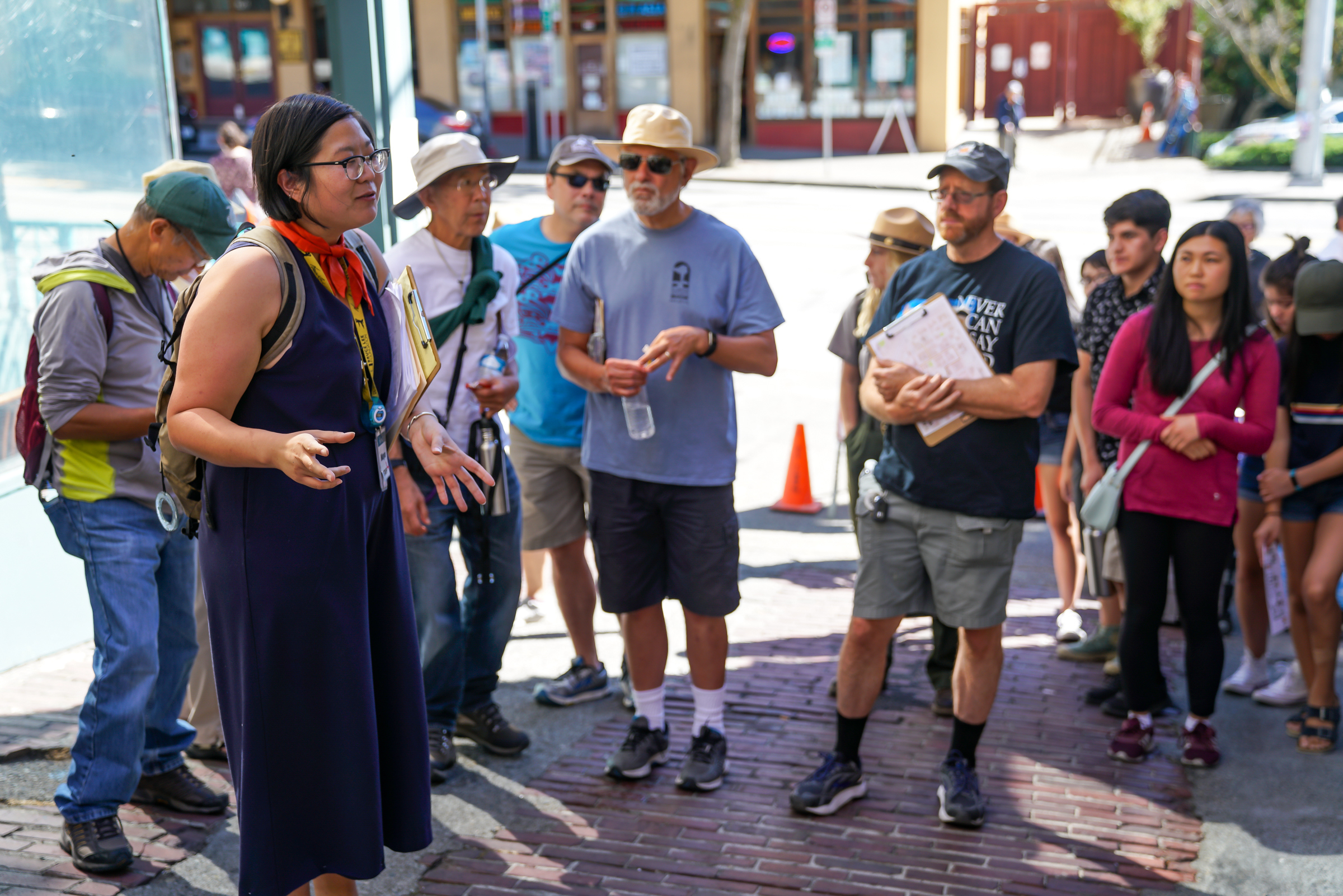
Nikkei Manor (#29)Opened in 1998, this assisted living facility includes a therapeutic garden. 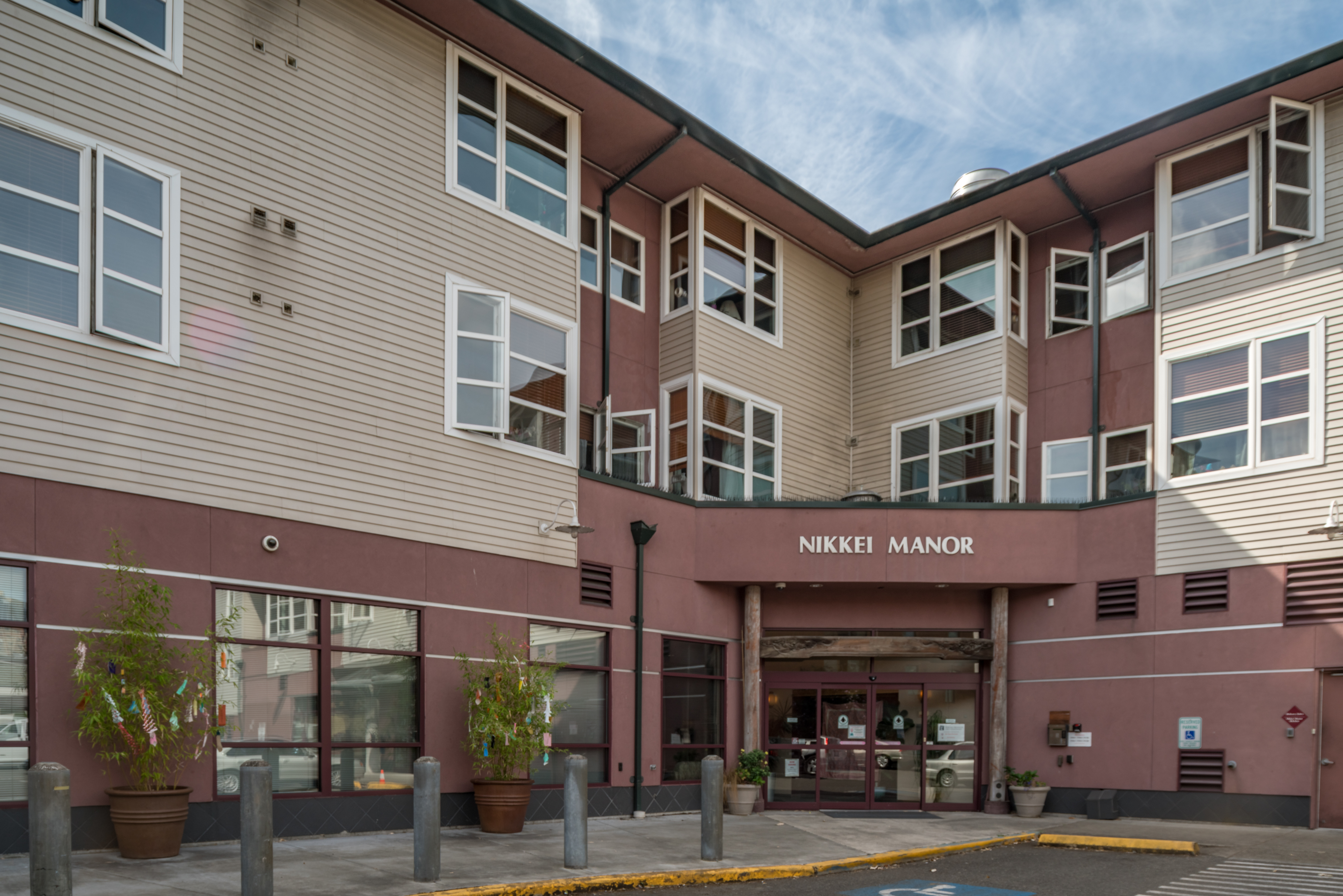
Nippon Kan (#17)Built in 1909, this former Japanese theater hosted international stars of traditional performances along with local dance groups. 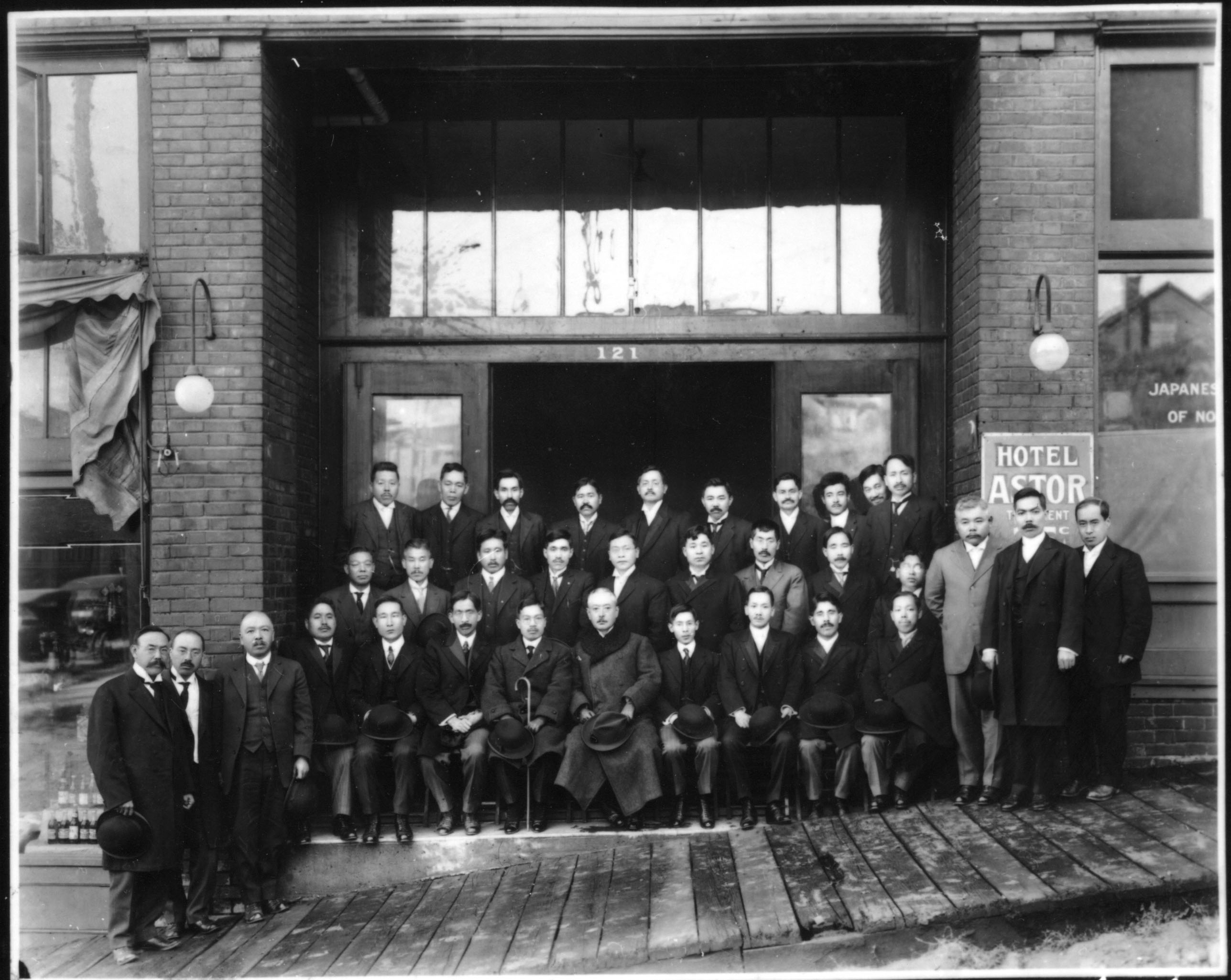
Nisei Veterans Committee Hall (#34)Built in 1938 as dojo for the Kendo Kai, who transferred it to the NVC in 1951. Outdoor memorial wall honors veterans and WWII incarcerees. 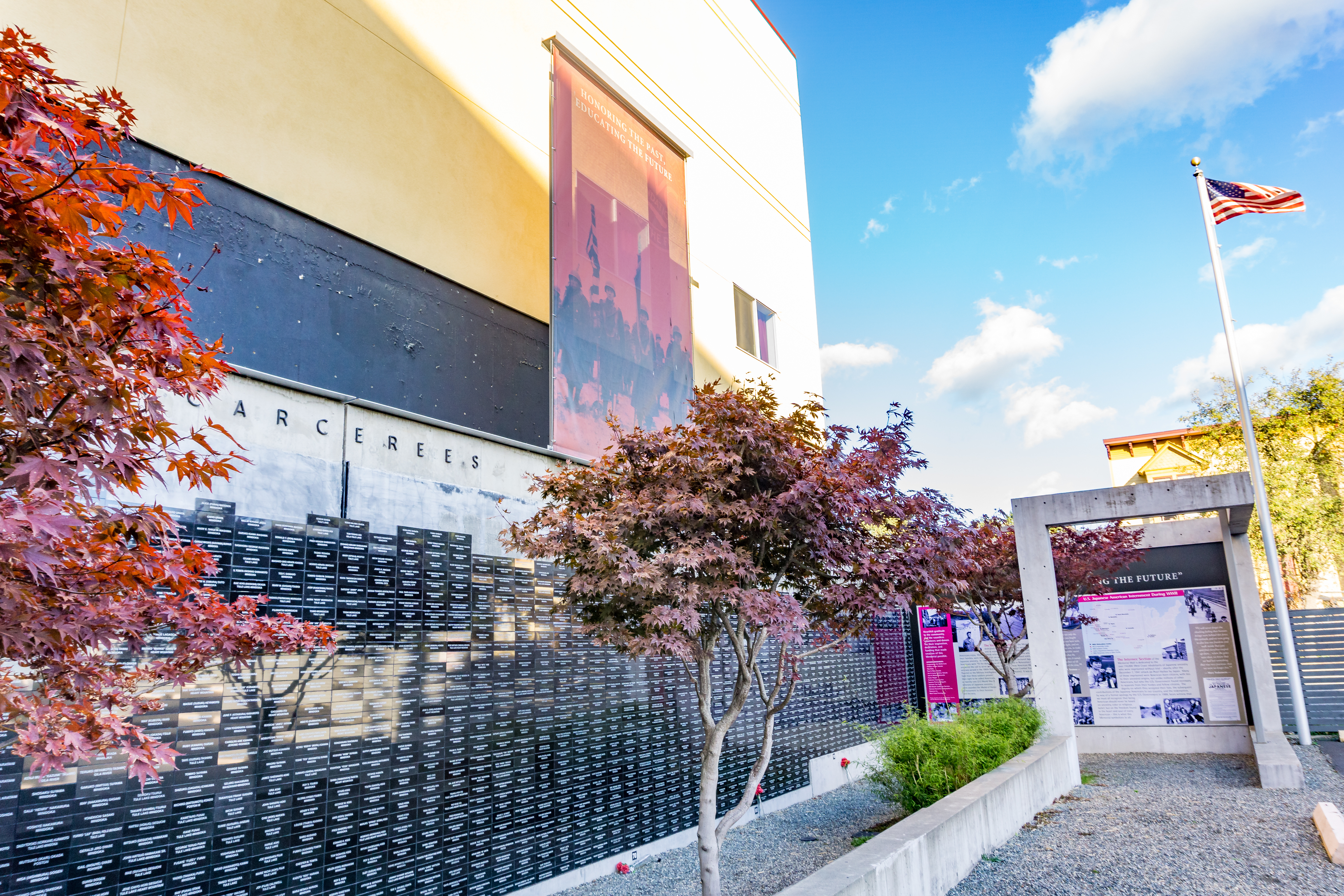
North American Post (#25)Oldest Japanese-language newspaper published in the Pacific Northwest. 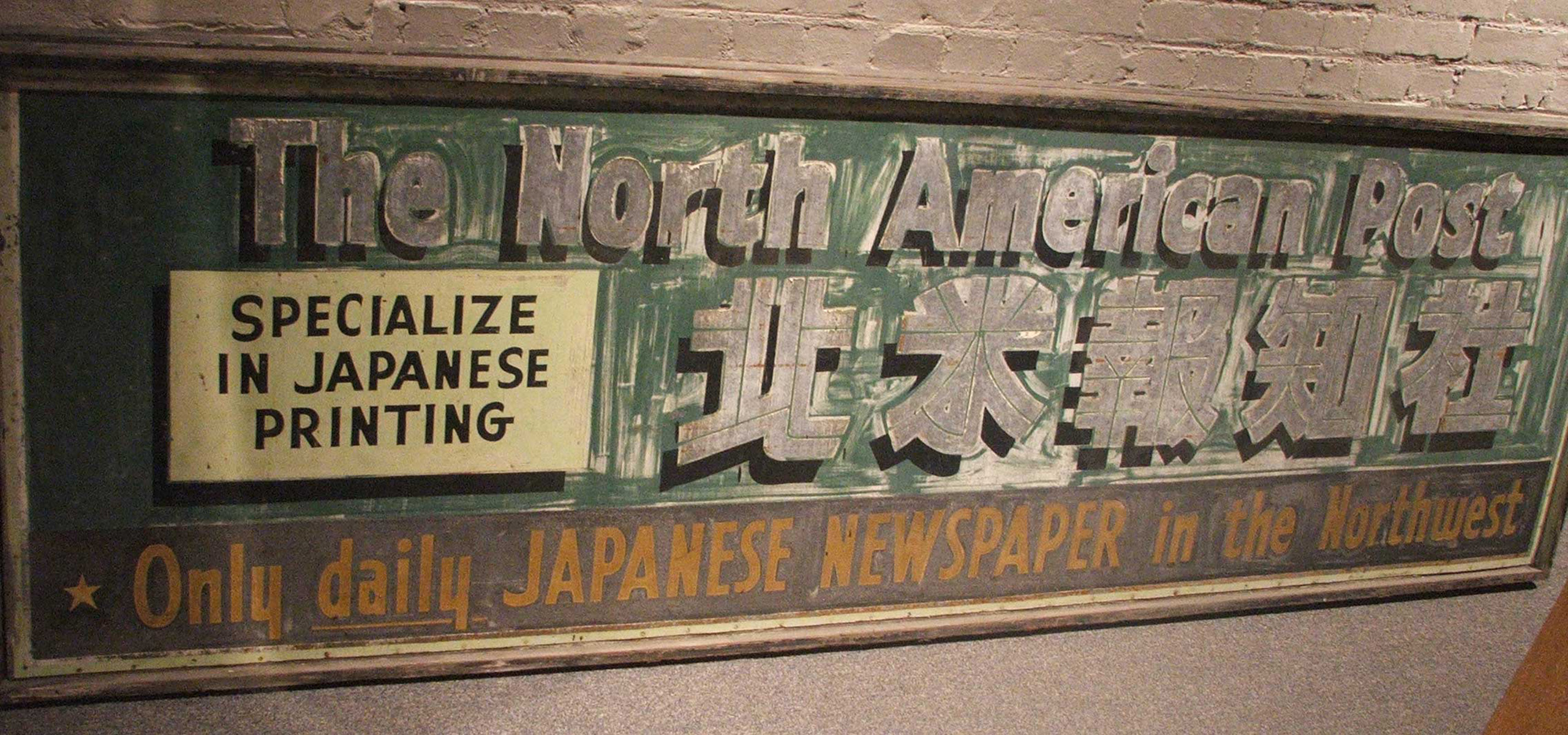
Panama Hotel (#15)Built in 1910 by architect Sabro Ozasa. Japanese American families stored their personal belongings here during the WWII incarceration. Many of the trunks and suitcases are on view in the Hotel’s Tea & Coffee House. 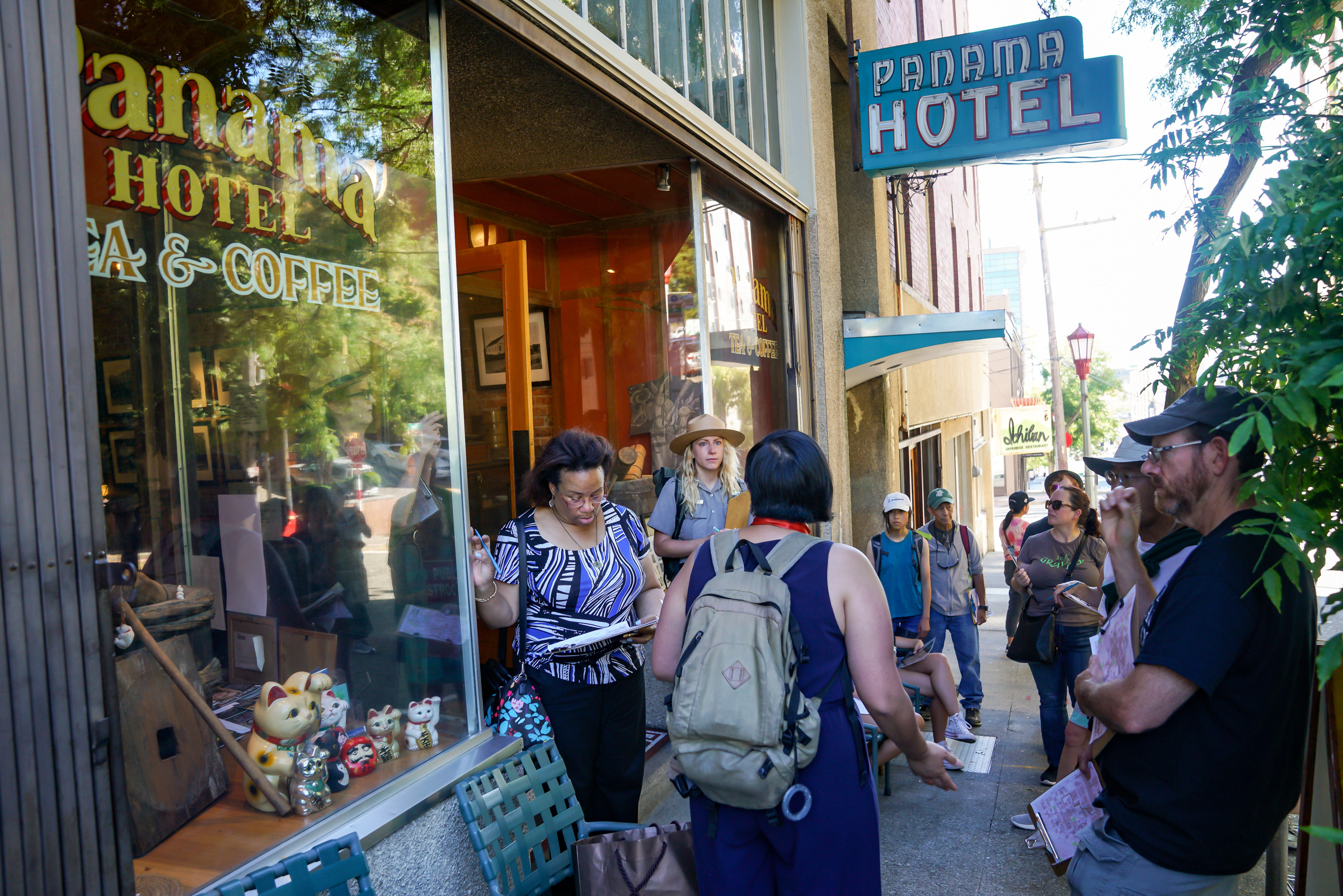
Panama Hotel Sento (#14)New gate marks entrance to communal bathhouse, the only one preserved intact in the US. Served many Nikkei before WWII, who came to soak in the baths after school, dinner and sports. 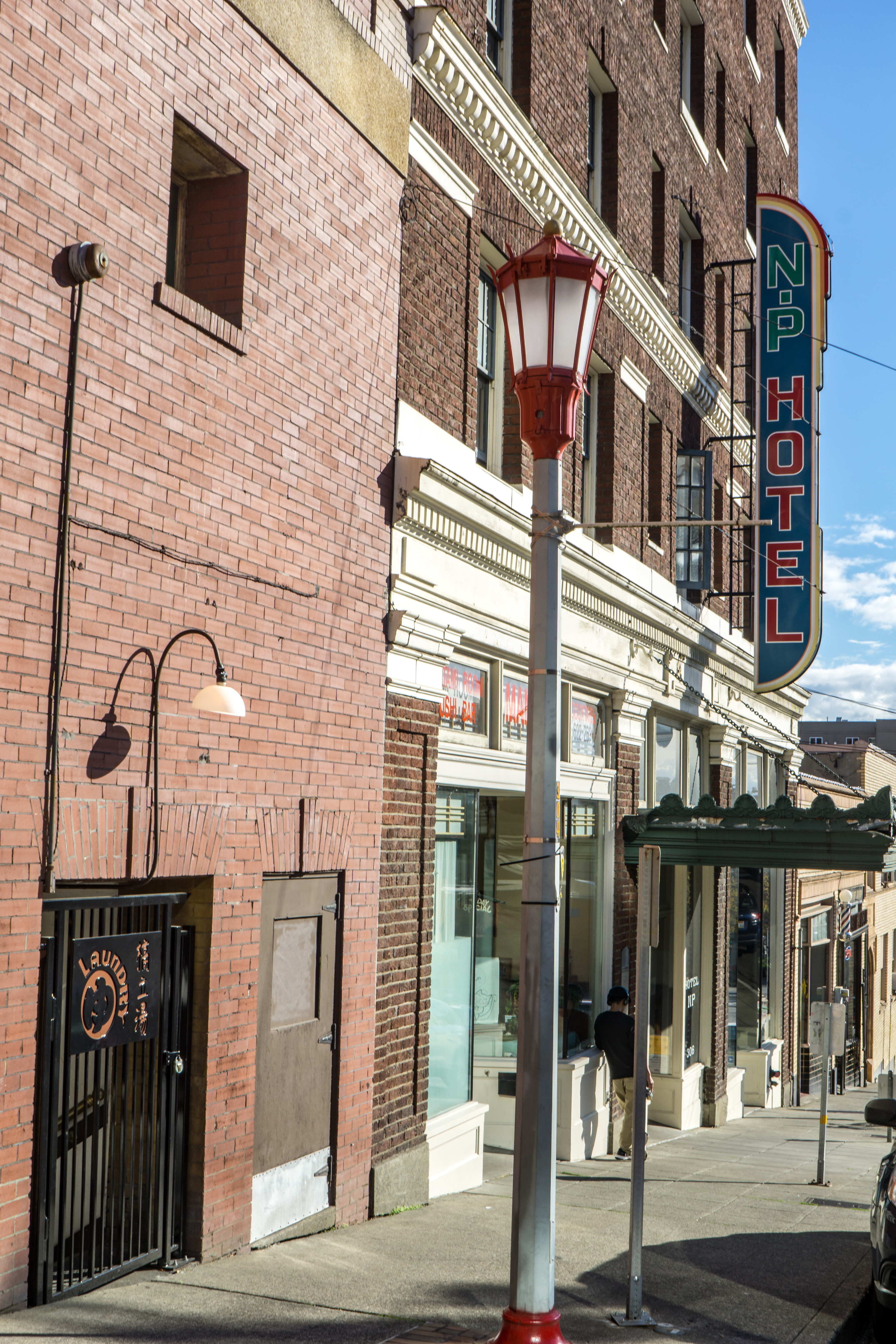
Puget Sound Hotel (#28)When WA State law forbade Japanese immigrants from purchasing land, a Jewish attorney bought the property for the Nishimura family. Once the second largest hotel in Seattle with 444 rooms. 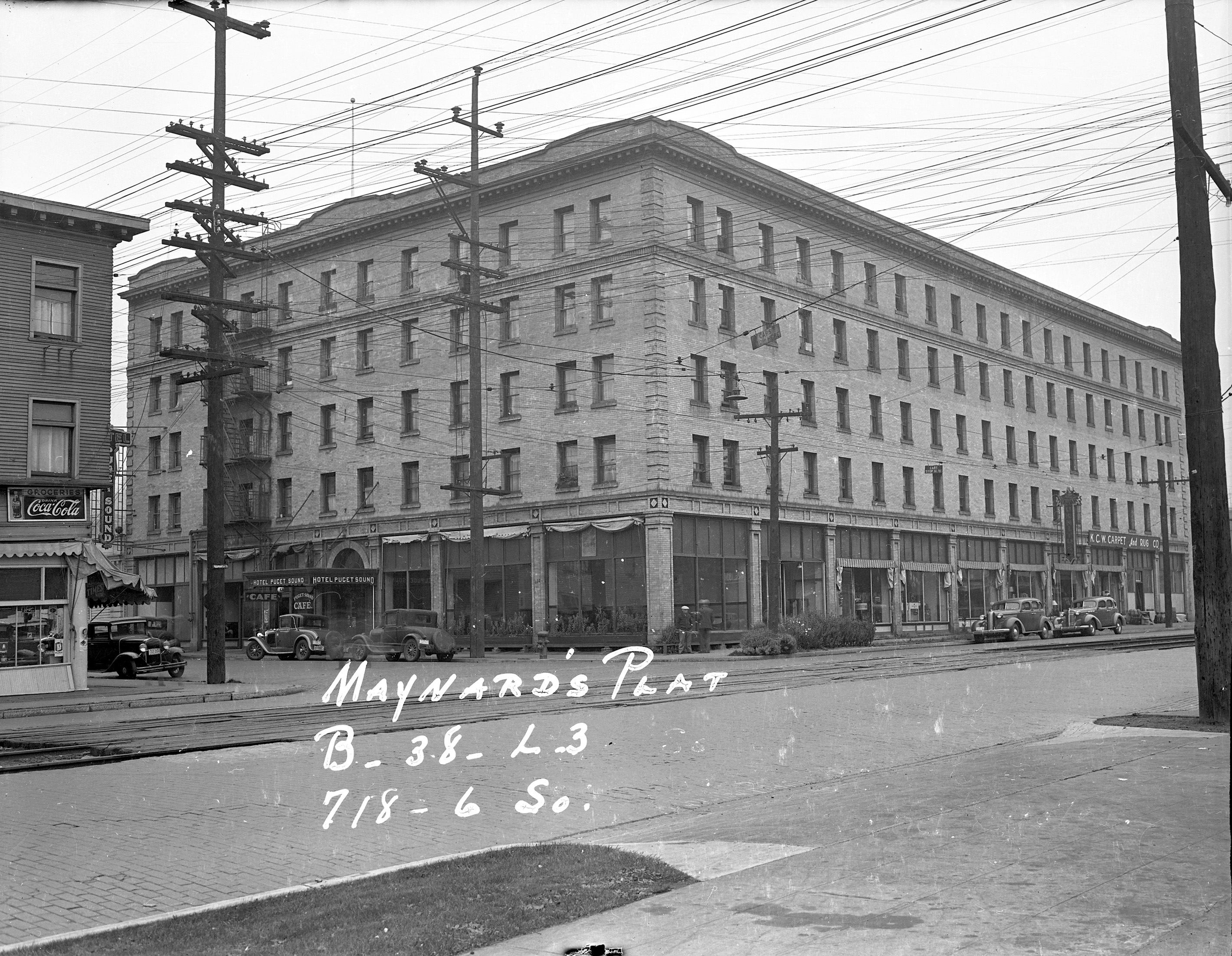
Reliance Hospital (#33)Open from 1913-1925, first and only hospital in Seattle built primarily to serve Japanese immigrant patients. 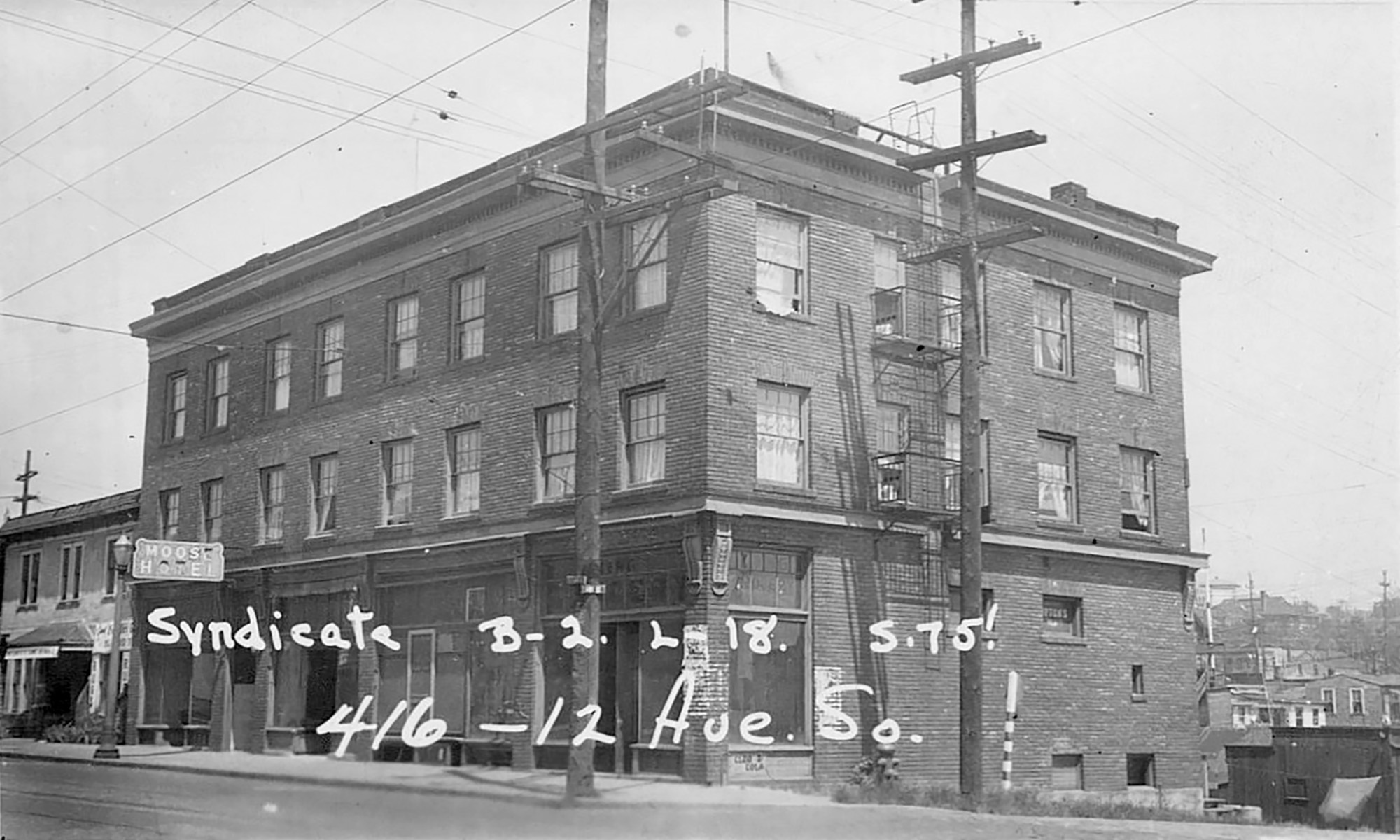
Sairen (#9)Once the Jackson Loan Office, business owners Julius Blumenthal and Maurice Zimmer took care of the building for the Murakami family during WWII. Now a boutique blending Asian and European influences. 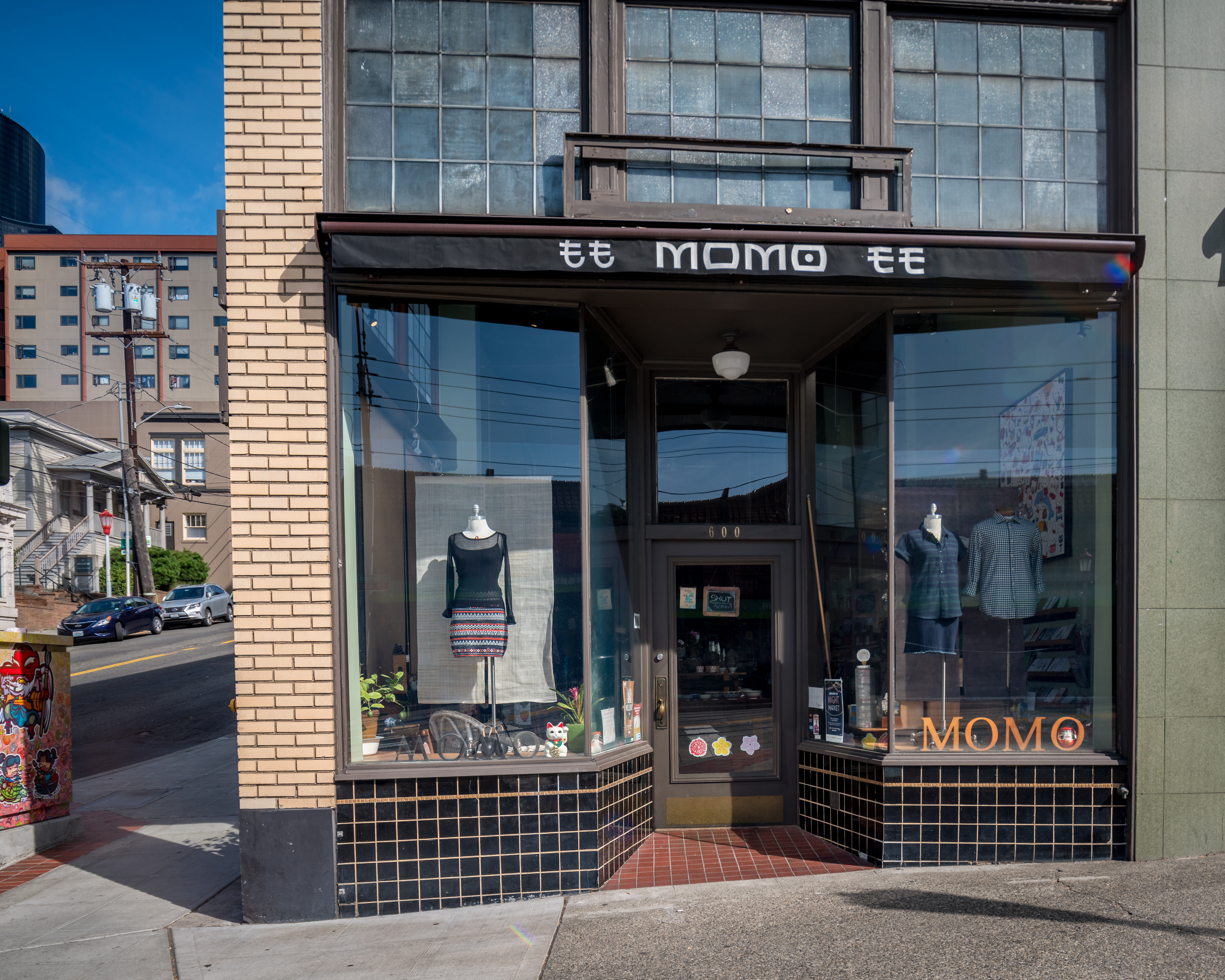
Seattle Betsuin Buddhist Temple (#38)Betsuin temple dedicated October 4, 1941. Site of US Maritime Commission Office during WWII. Holds annual Bon Odori celebration. Densho, which preserves WWII testimonies of Japanese Americans, located behind the church. 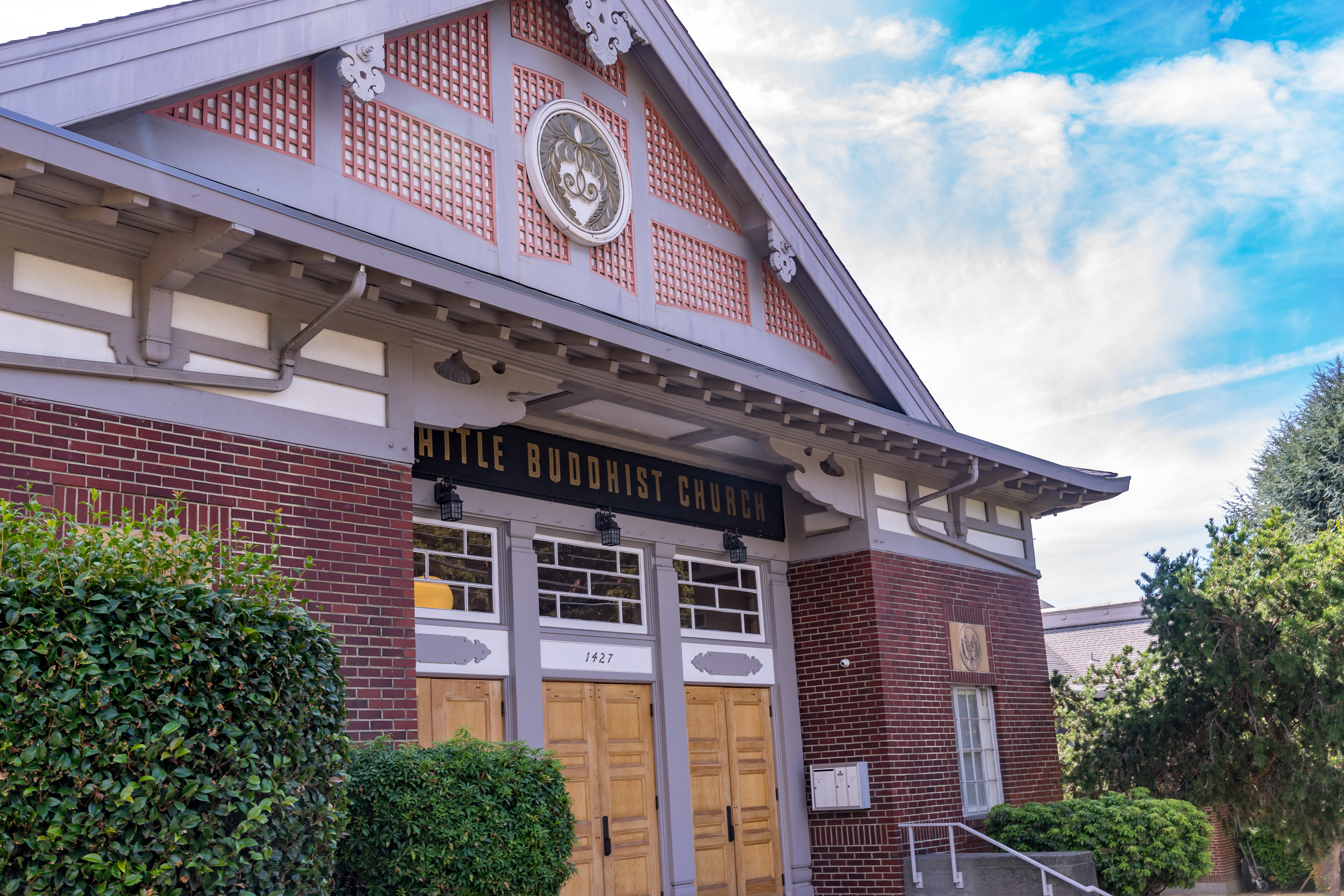
Seattle Dojo (#42)Oldest judo dojo in the US. Established in 1902. Present site built in 1930s. 
Seattle Koyasan Buddhist Temple (#41)Offers Moon Meditation classes in its meditation dojo. 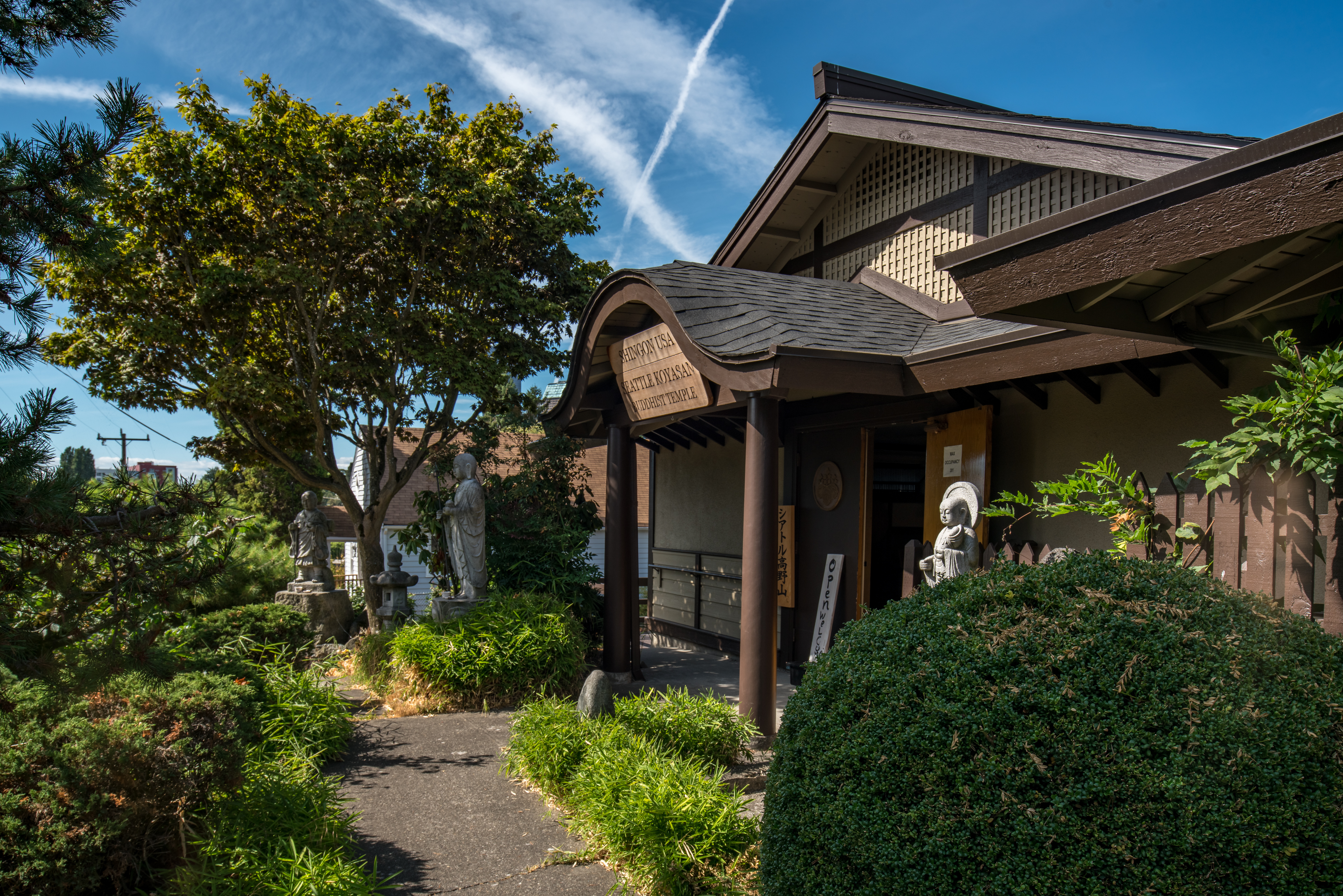
St. Peter’s Episcopal Church (#36)Church formed in late 19th c. by small group of Japanese Anglicans. Original building completed in 1932. 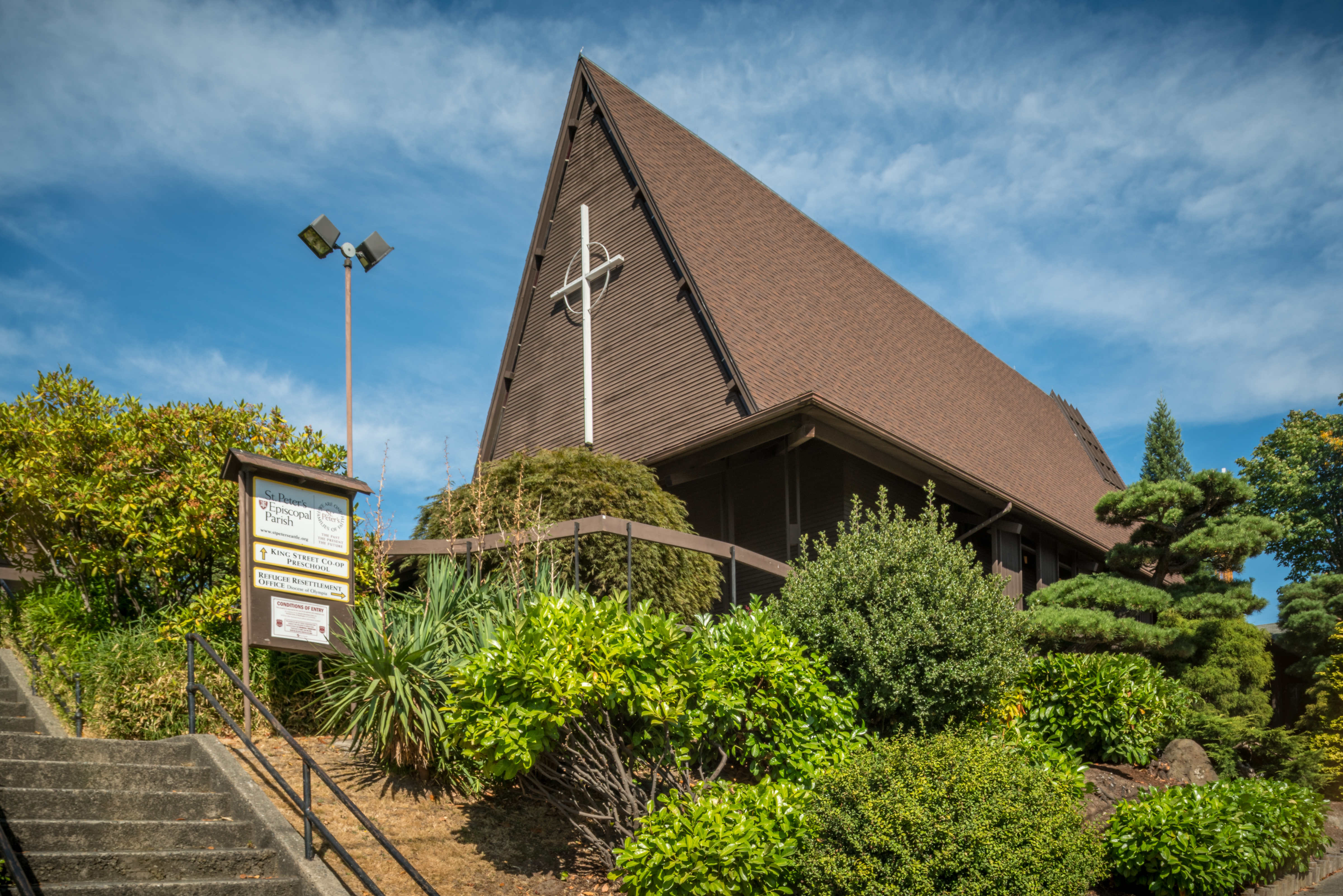
The Bainbridge Island Japanese American Exclusion MemorialAfter the attack on Pearl Harbor by Japanese forces on December 7, 1941, President Roosevelt signed Executive Order 9066 giving the War Department authority to create zones from which Japanese Americans were excluded. The first exclusion area designated was Bainbridge Island. On March 30, 1942 the Japanese Americans living on Bainbridge Island were gathered at Eagledale Ferry Dock and sent to an incarceration camp in Manzanar, CA before being tranferred to Minidoka in Idaho. 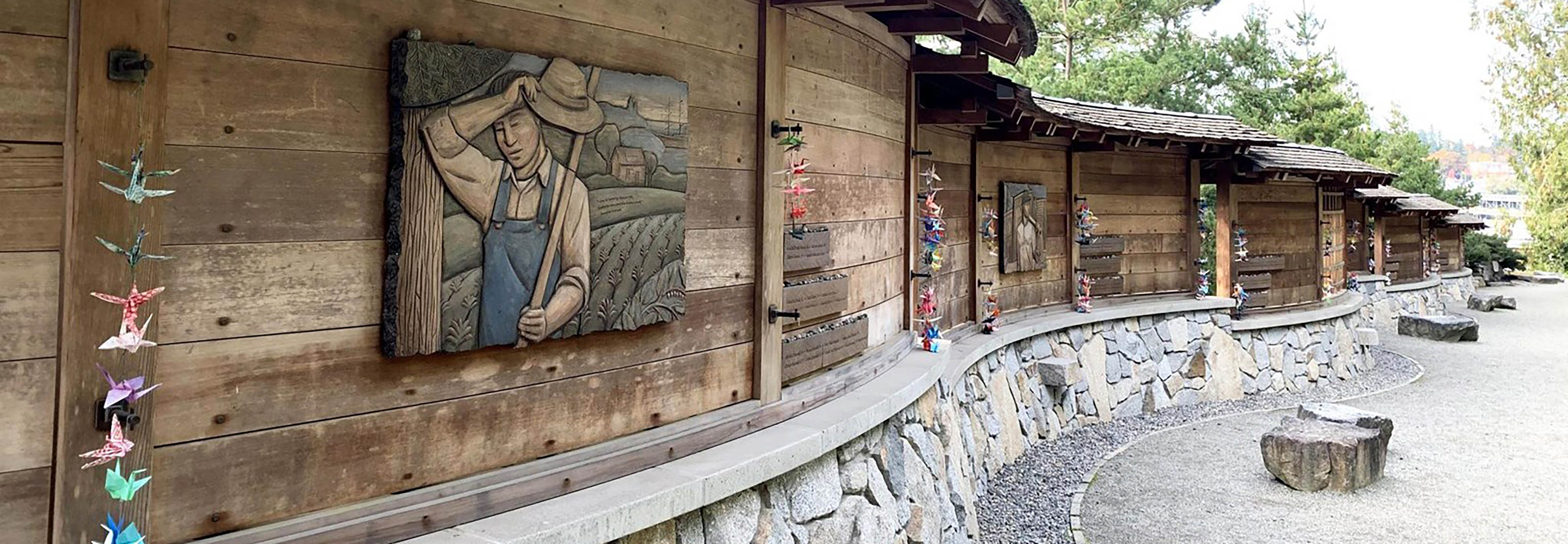
Tokuda Drugs (#16)Started in 1935 by George Tokuda, who met his future wife Tama in 1942 in the Minidoka concentration camp. The drugstore was restarted after the War, moving several times before settling in this location. WA State public education program on the history and lessons of the WWII forced removal and incarceration is named in honor of son Kip who originally developed the fund in WA while serving as State legislator. 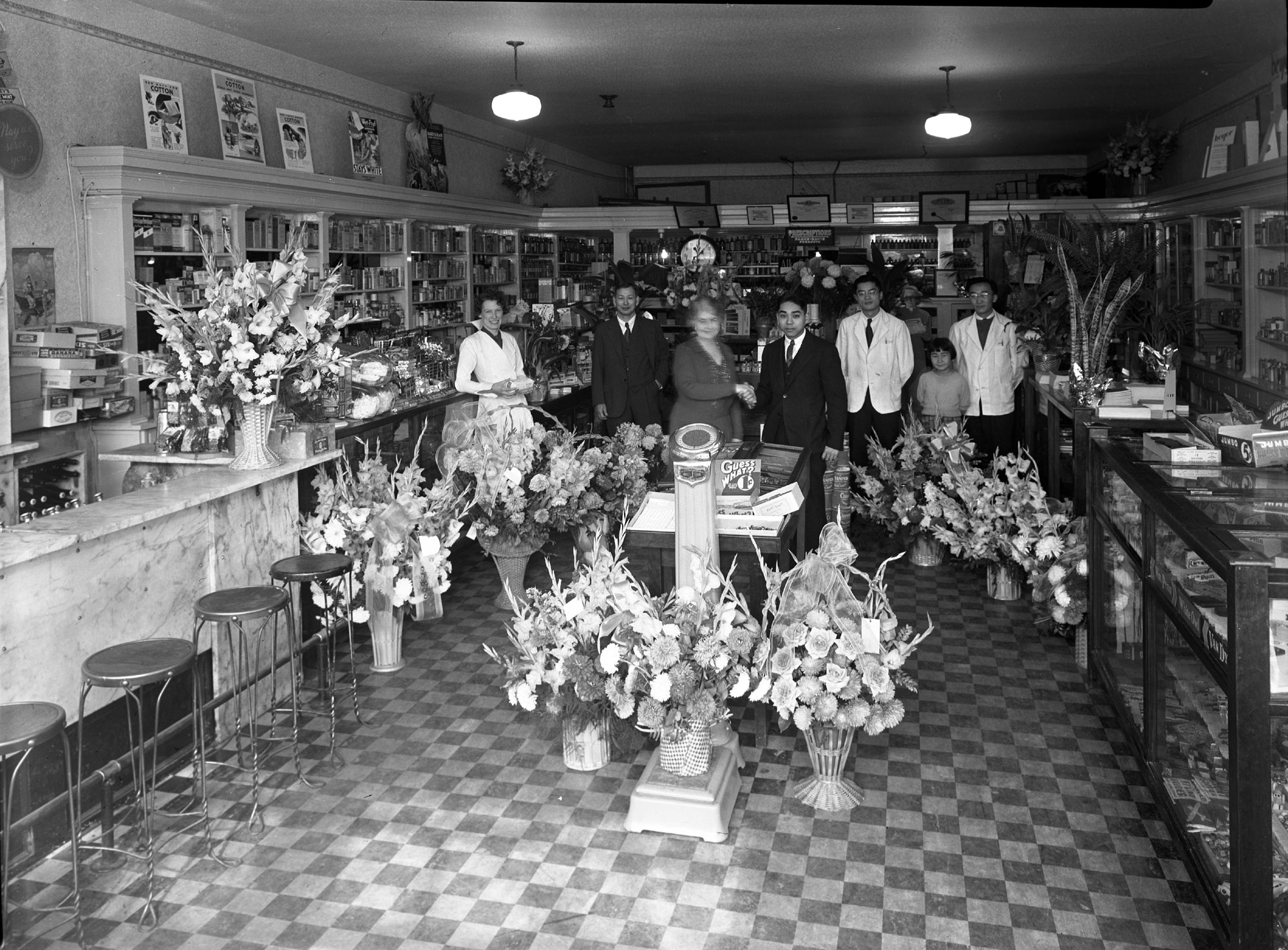
Tsutakawa Sculpture (#3)Created in 1978 by George Tsutakawa, an artist known for his bronze sculpture. 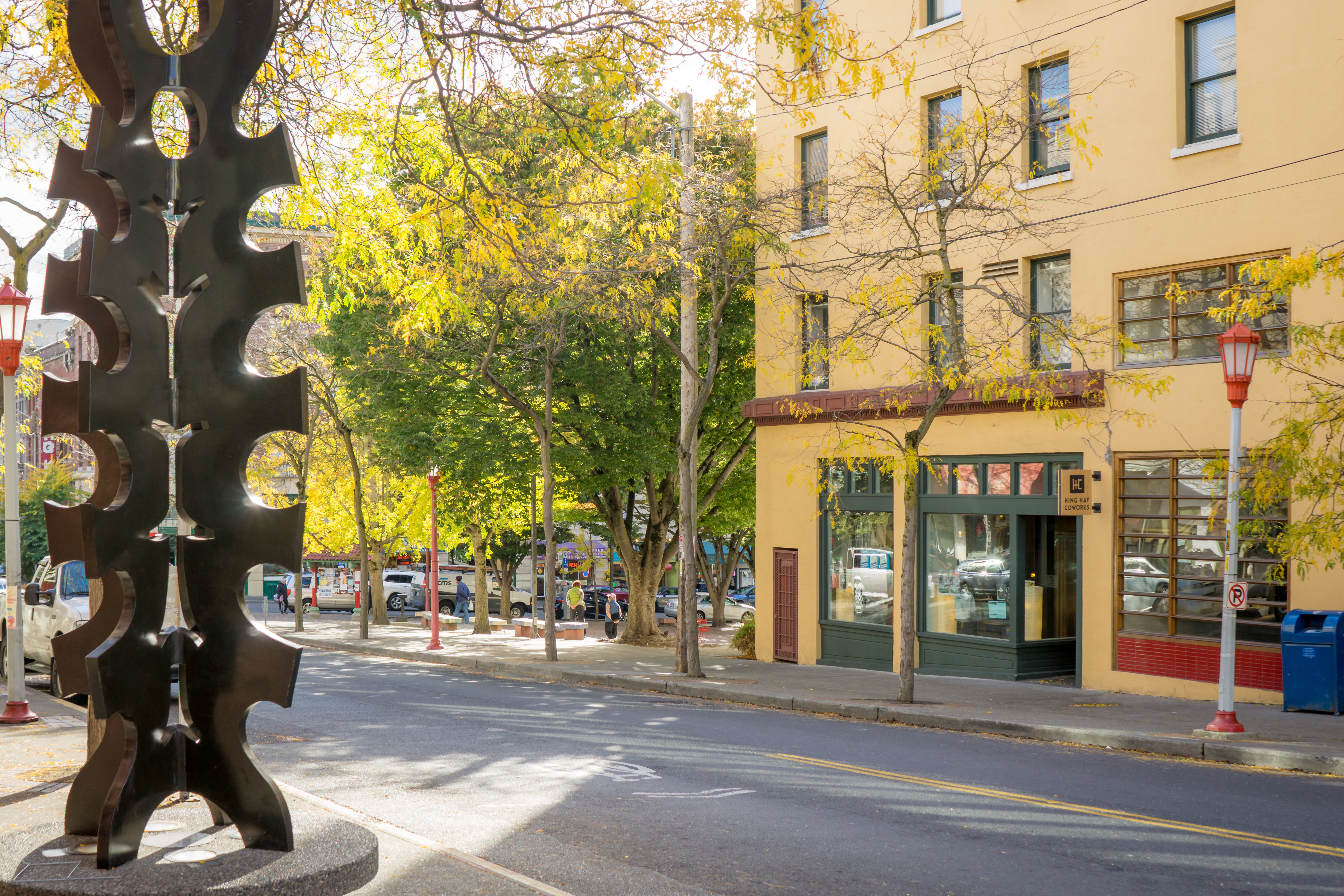
Uwajimaya (#26)Started in 1928 by Fujimatsu and Sadako Moriguchi. This flagship store opened in 2000. 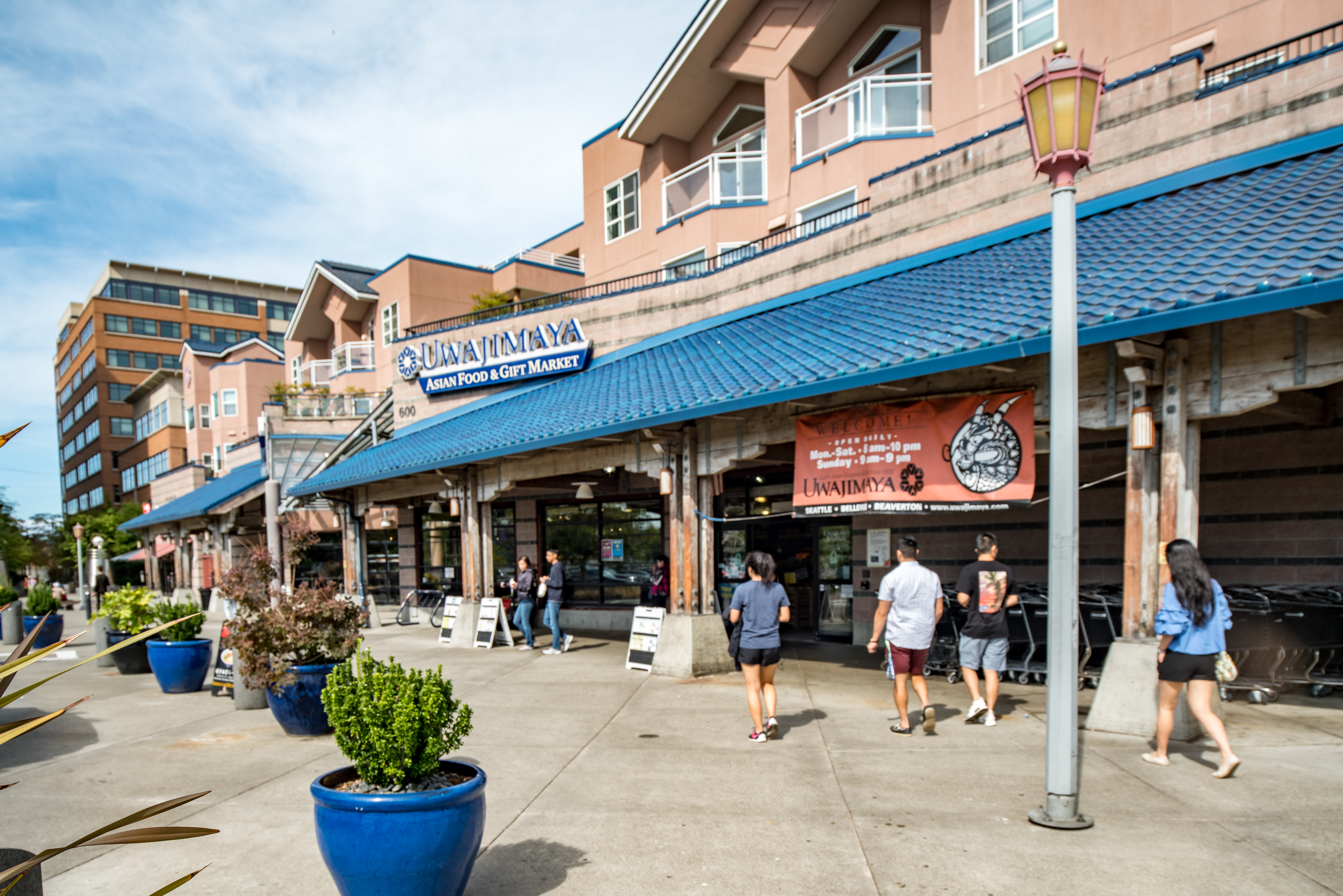
Washington State Labor Council (#37)Exterior mural with scenes from WA State’s labor history, including the Japanese American WWII incarceration shown on the building’s south side. 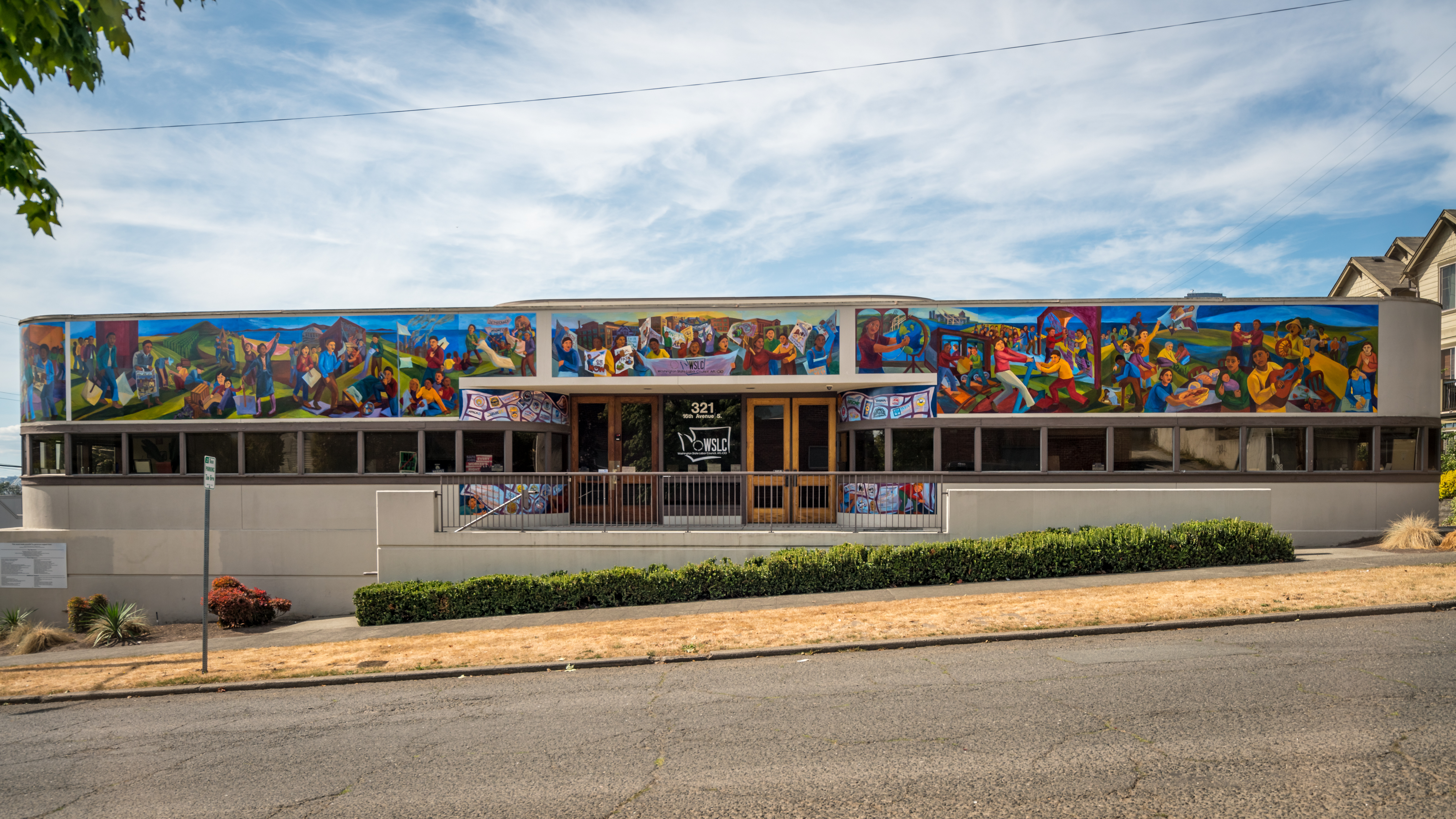
Waterfall Garden Park (#21)Designed by Masao Kinoshita, who was incarcerated in Rohwer concentration camp during WWII and later served in the U.S. Military Intelligence Service. 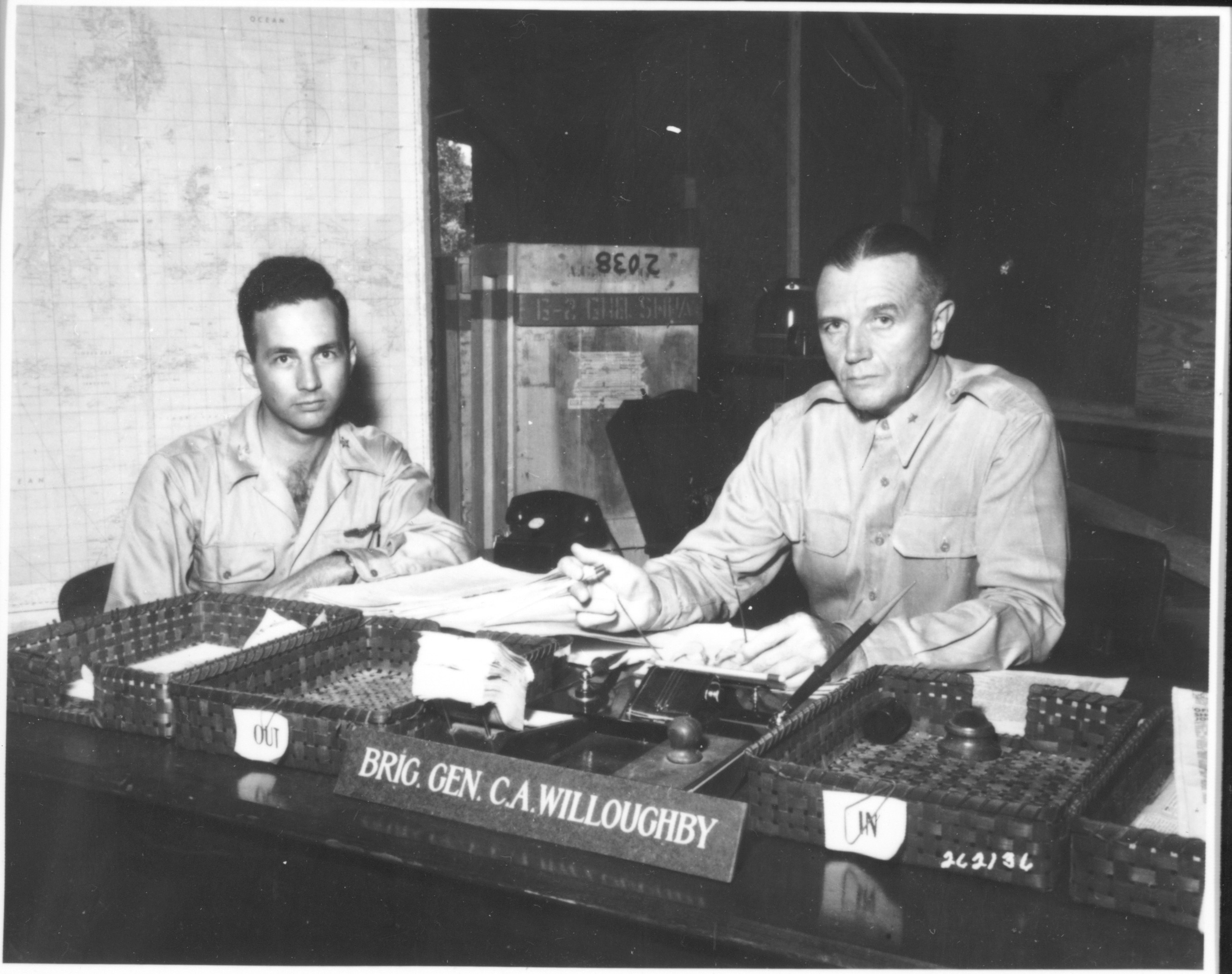
Wing Luke Museum (#1)Nippon Kan scrim on display here shows ads from many Japantown businesses. Includes exhibitions and guided tours. 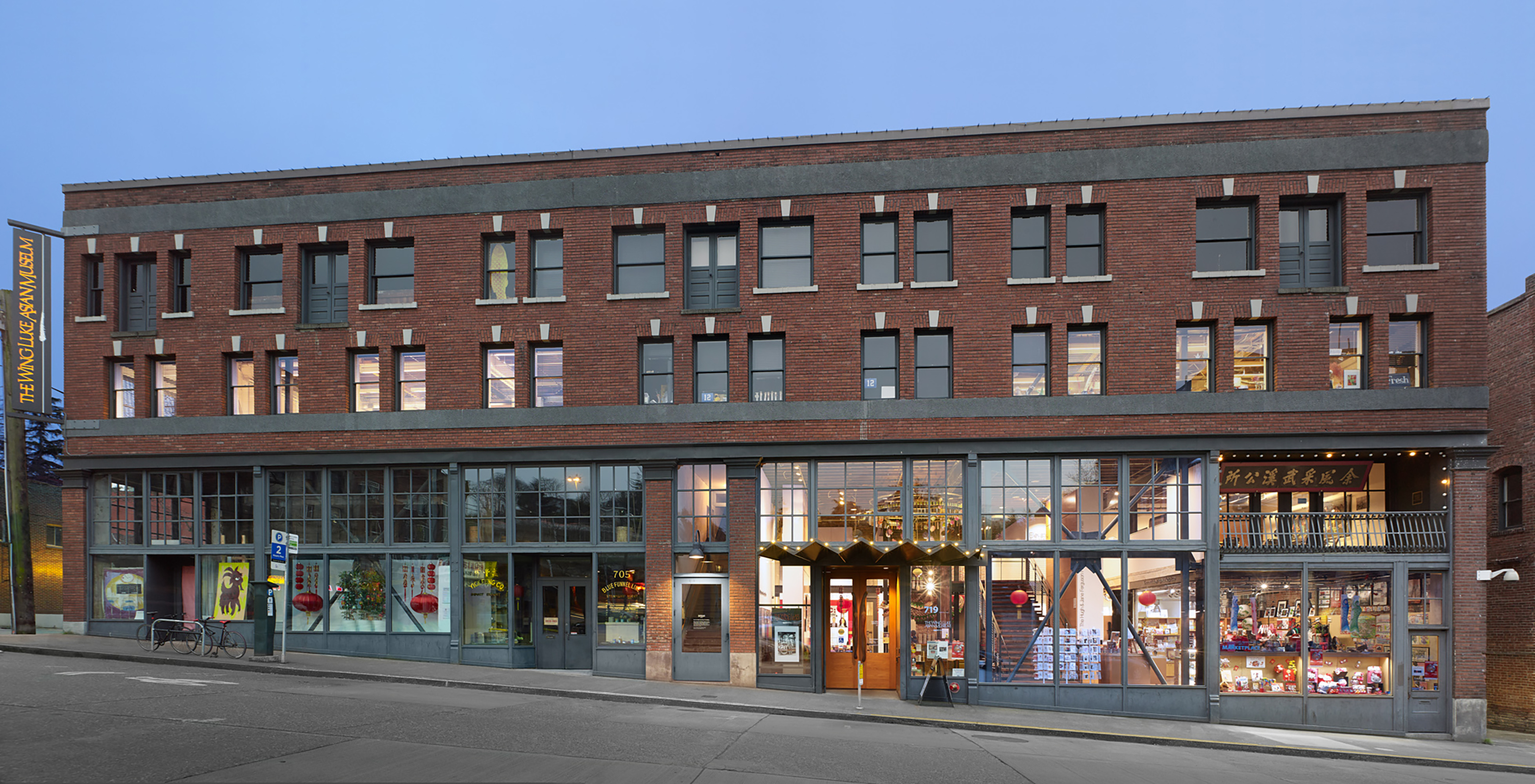
|
| Visitor Centers | Count: 1
The Wing Luke Museum of the Asian Pacific American Experience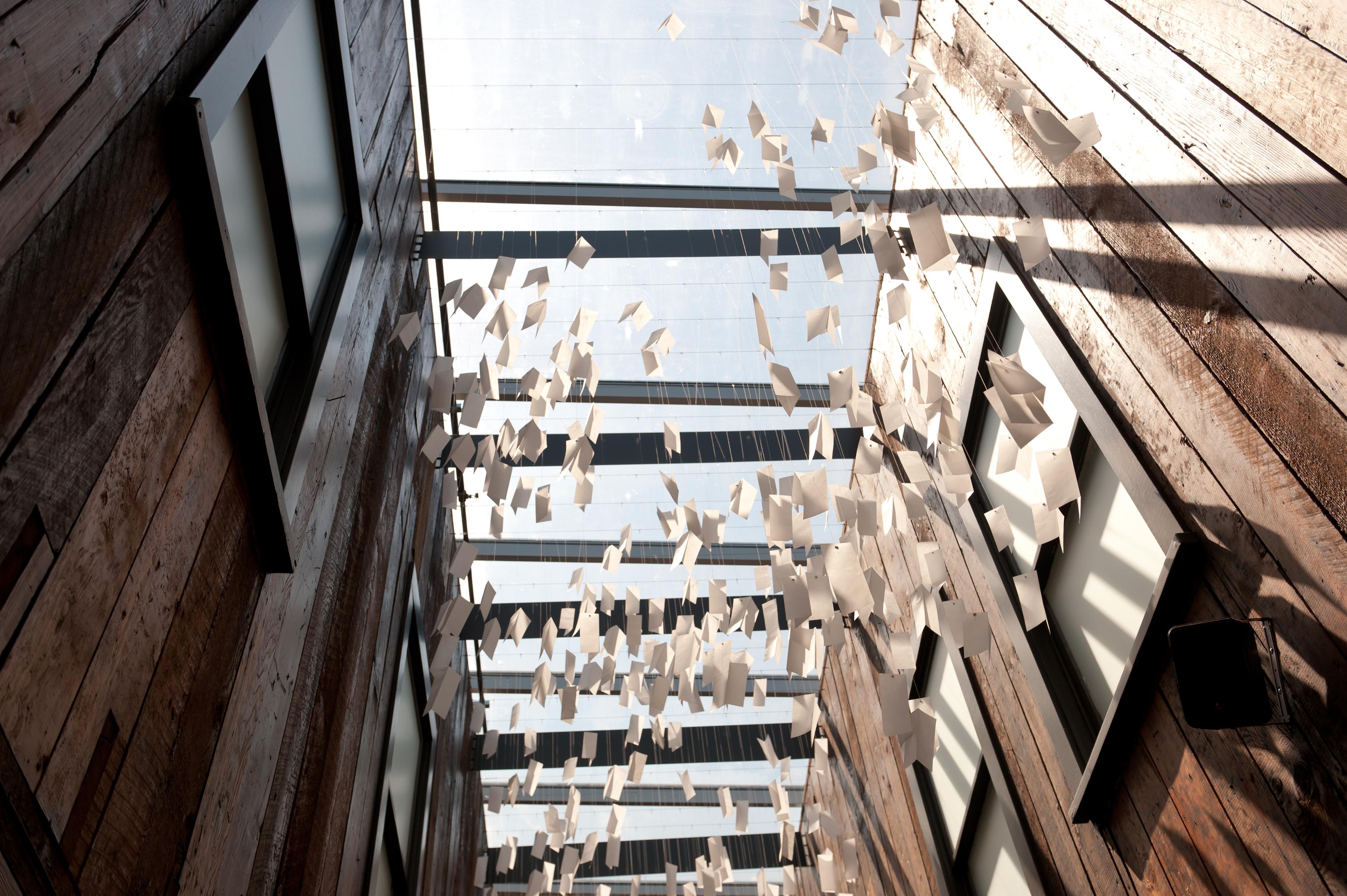
|
| Things to do | Count: 4
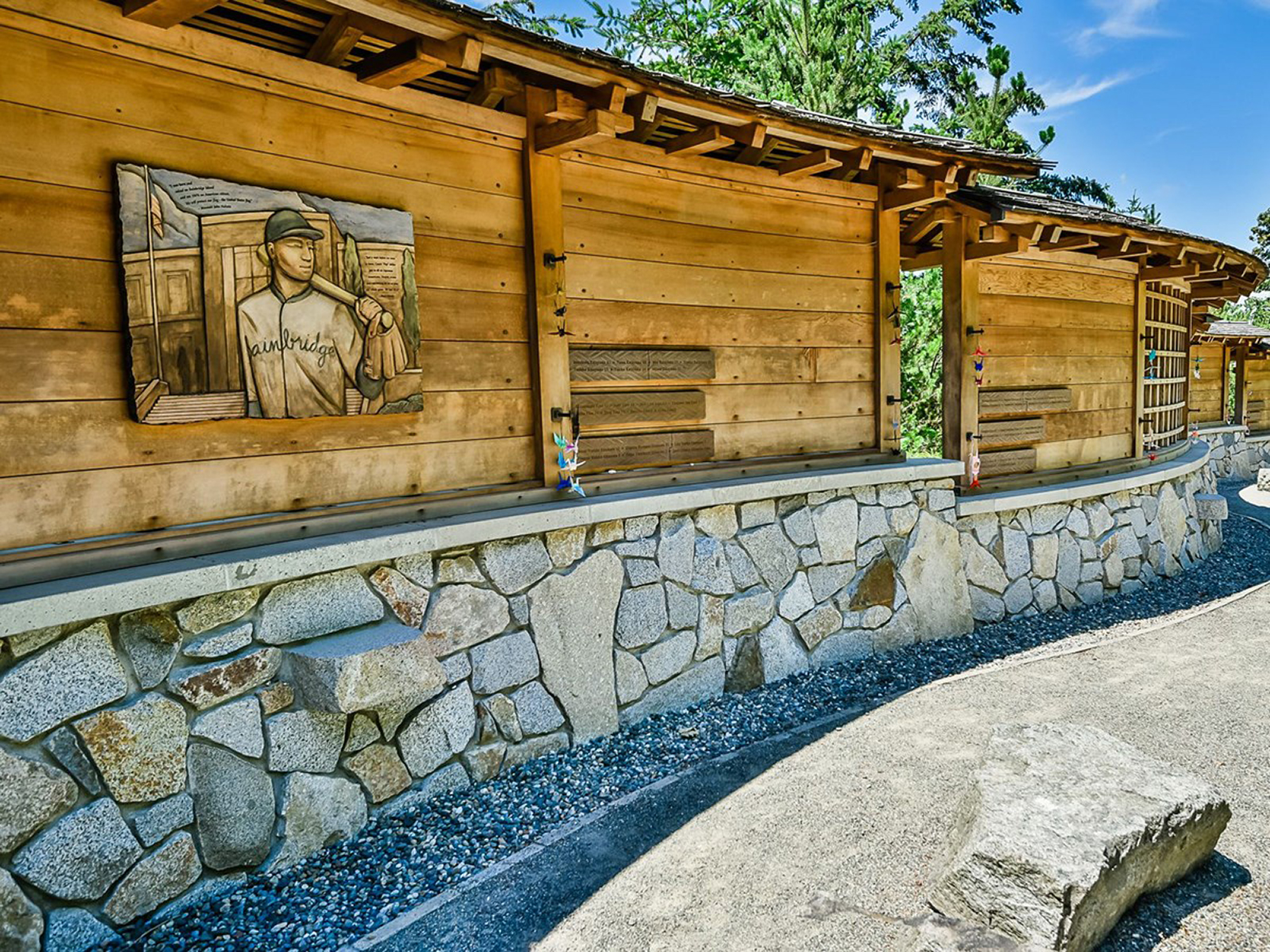
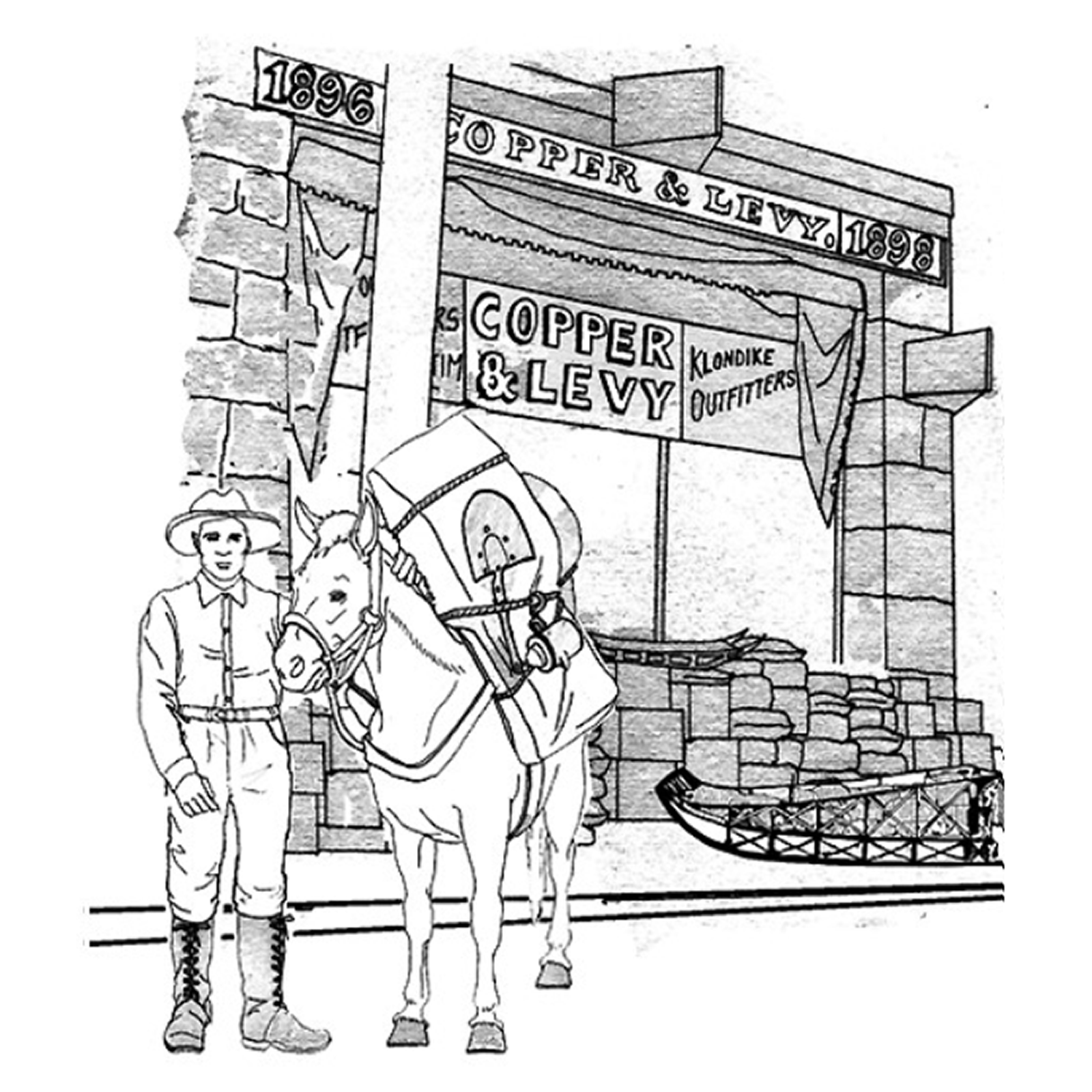
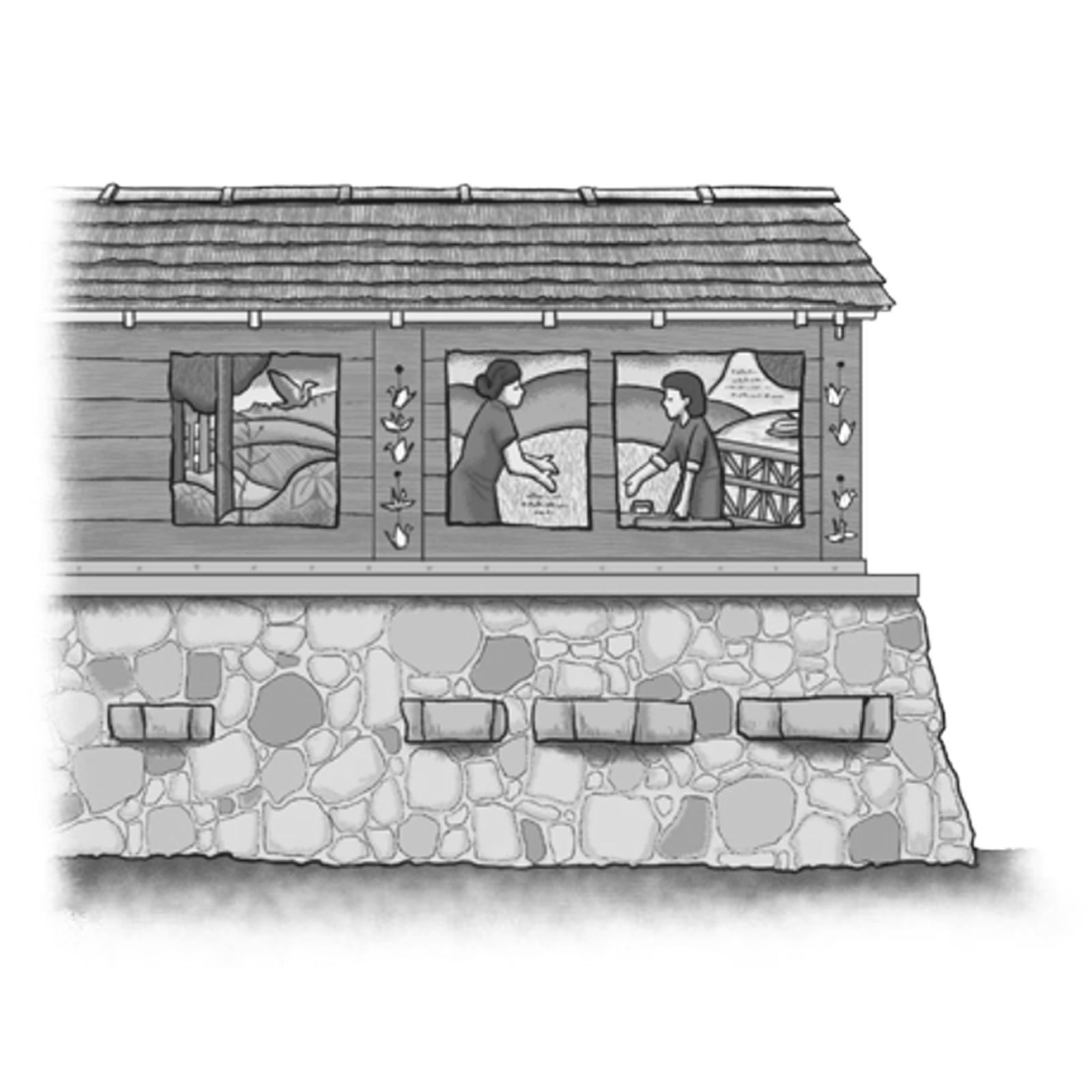
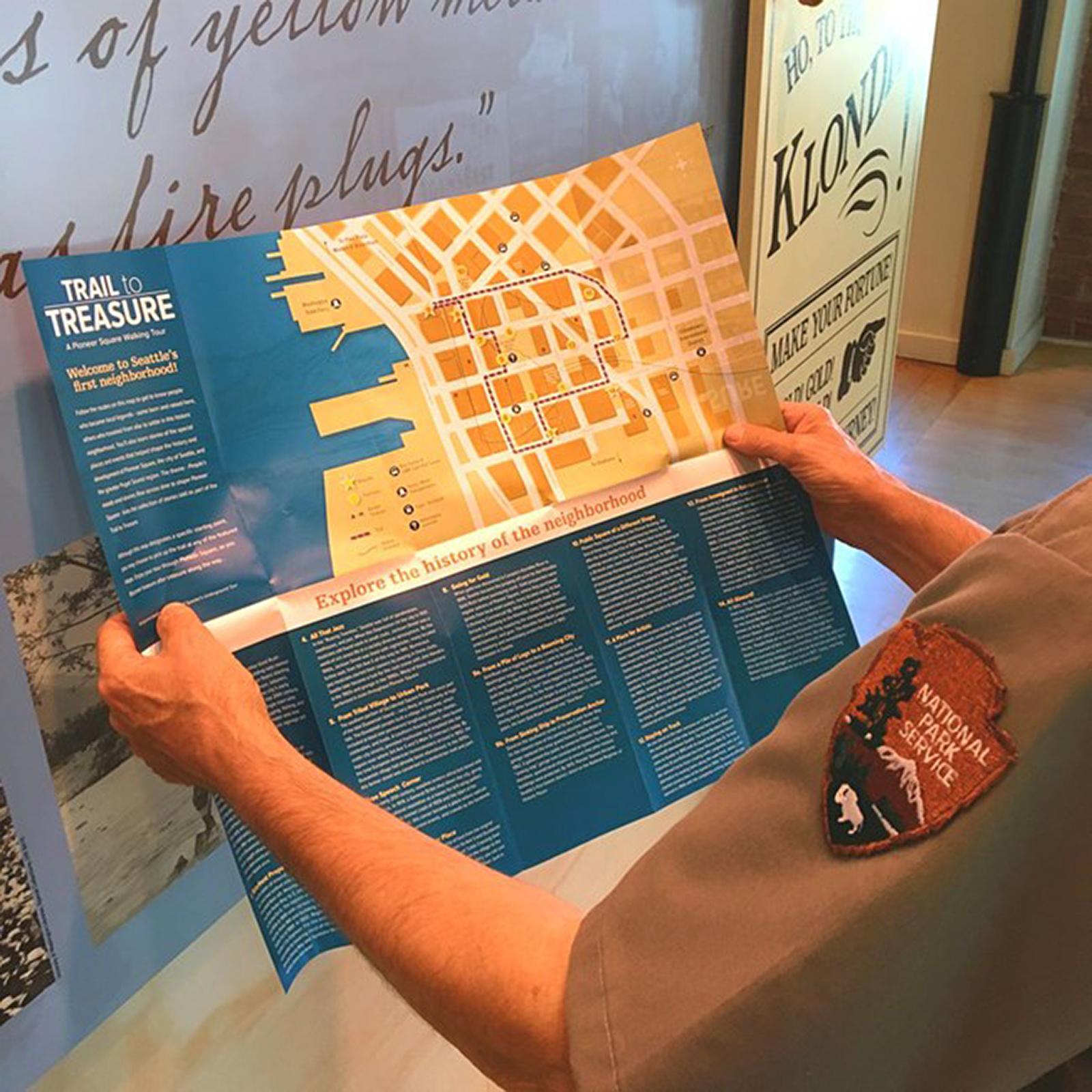
|
| Tours |
Count: 0
|
| Articles |